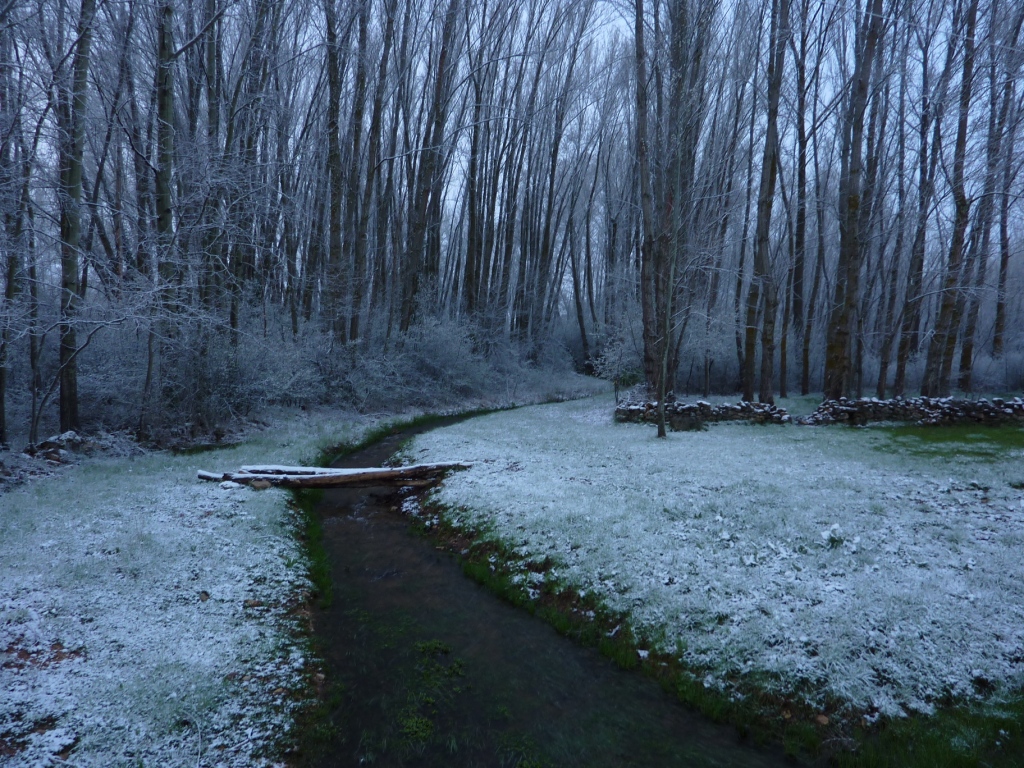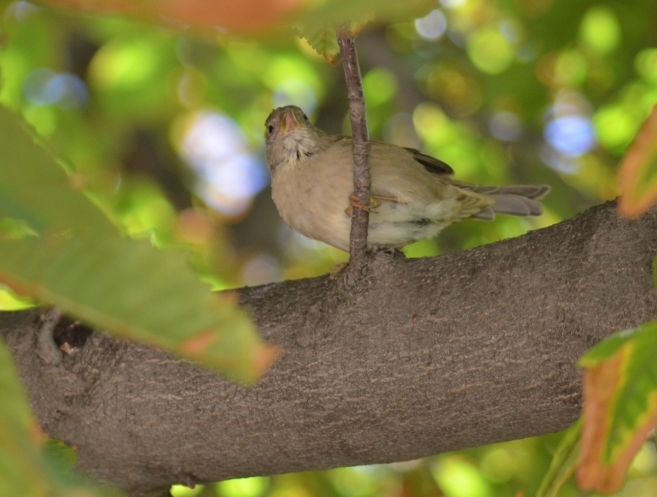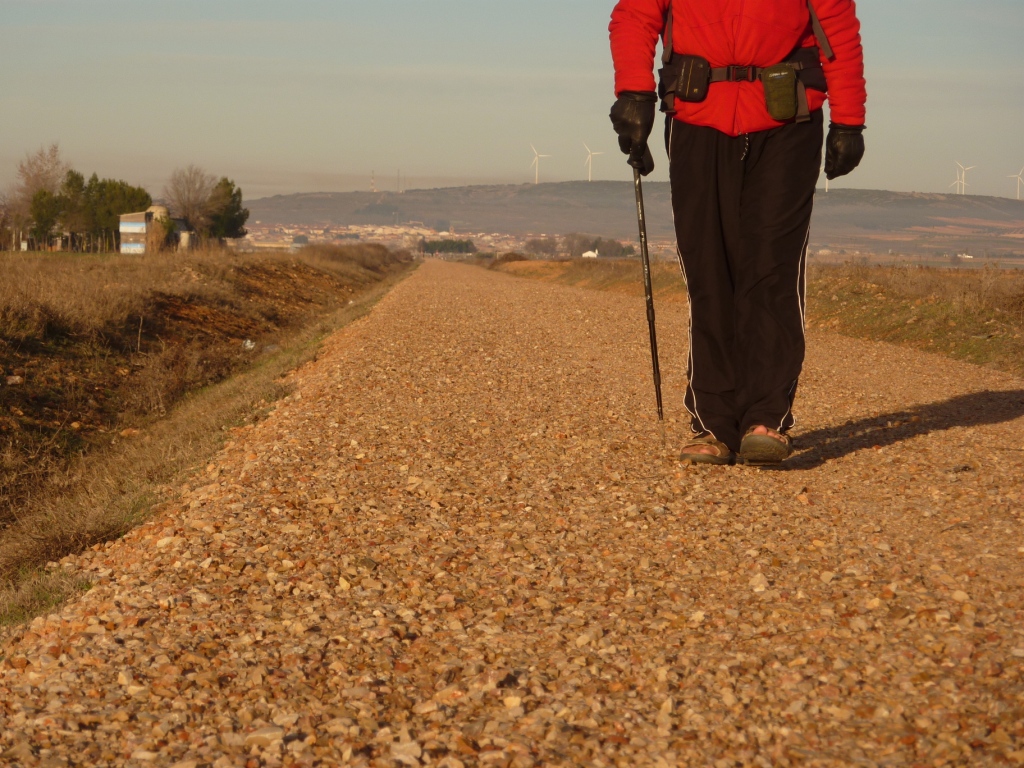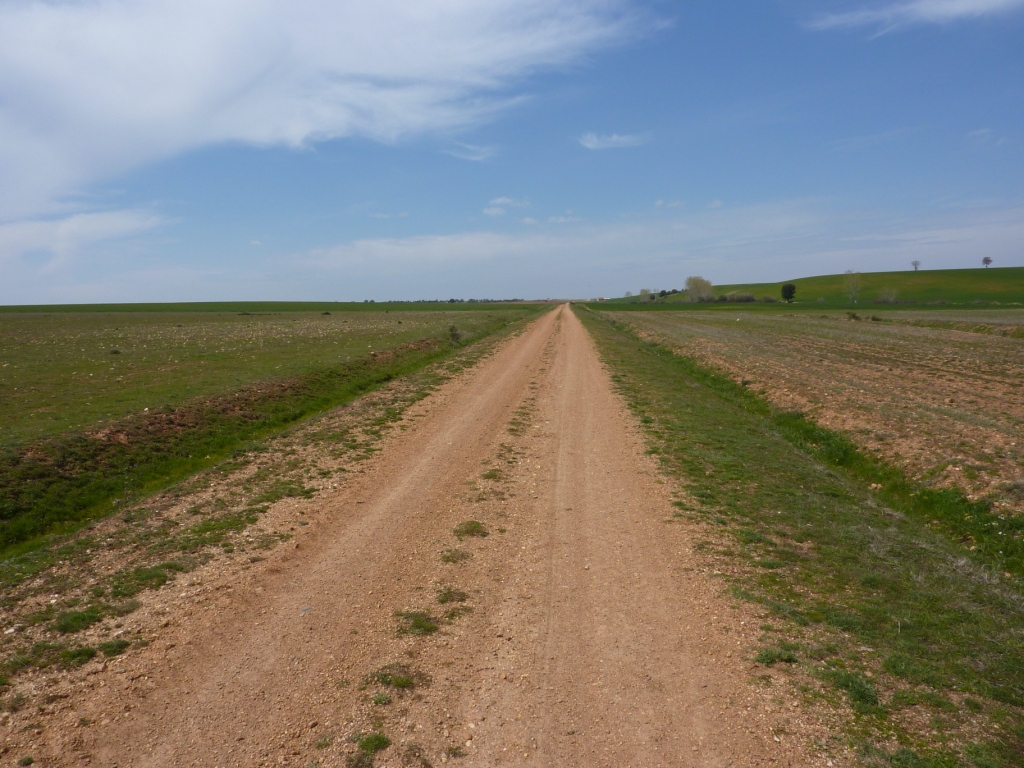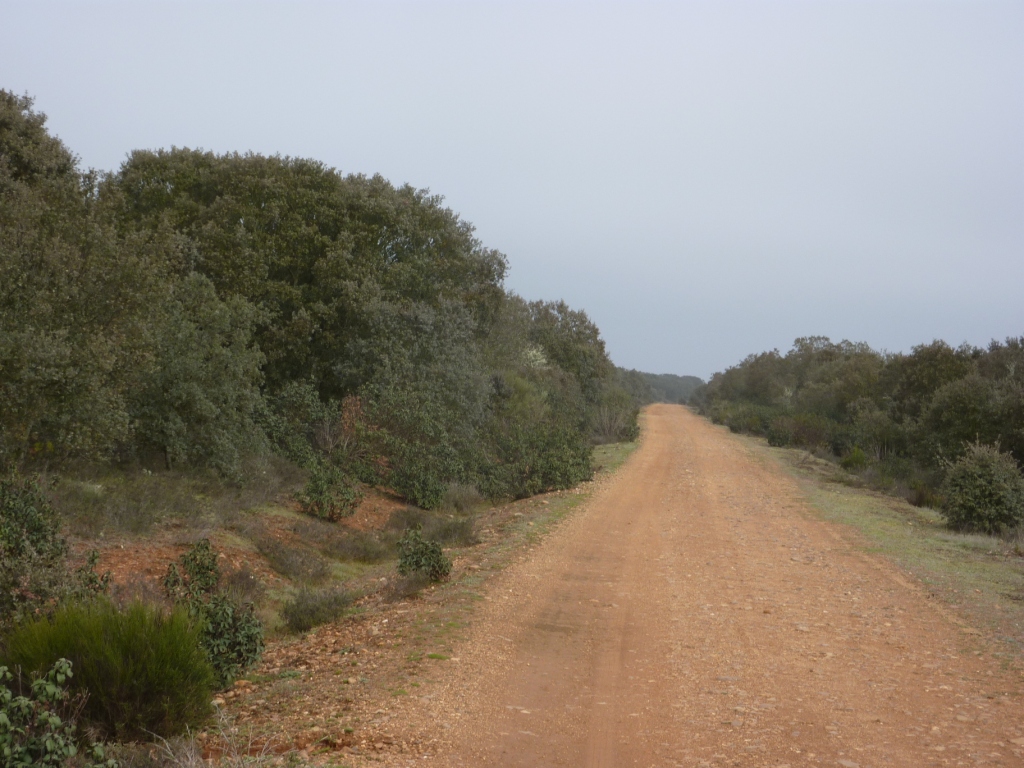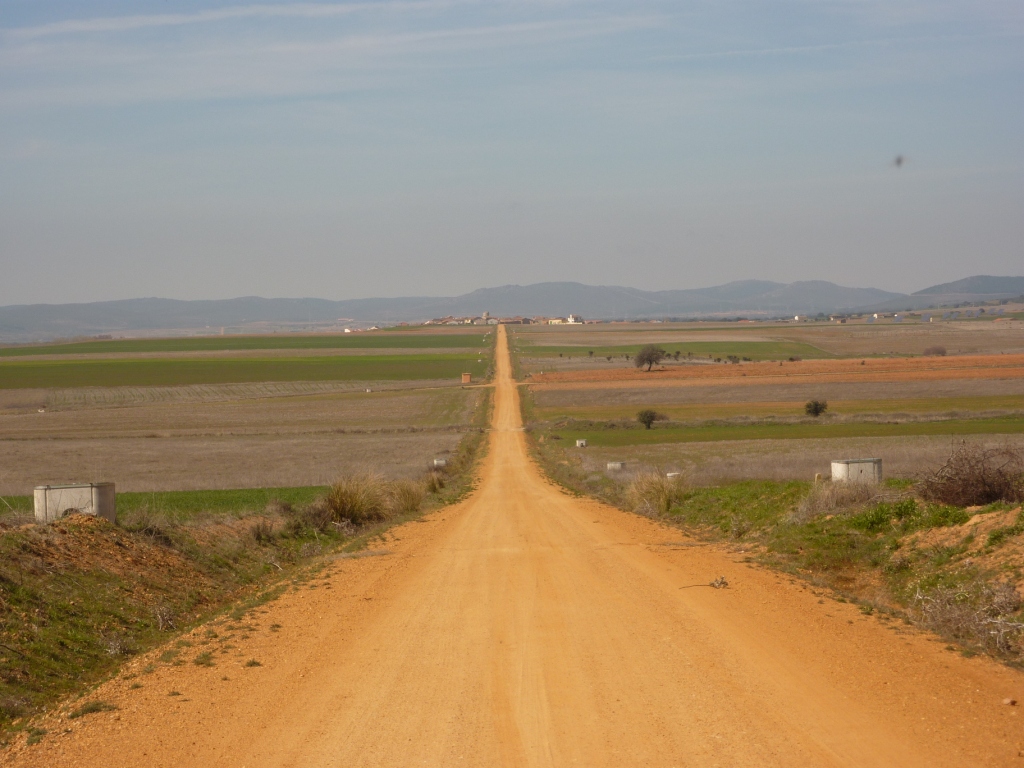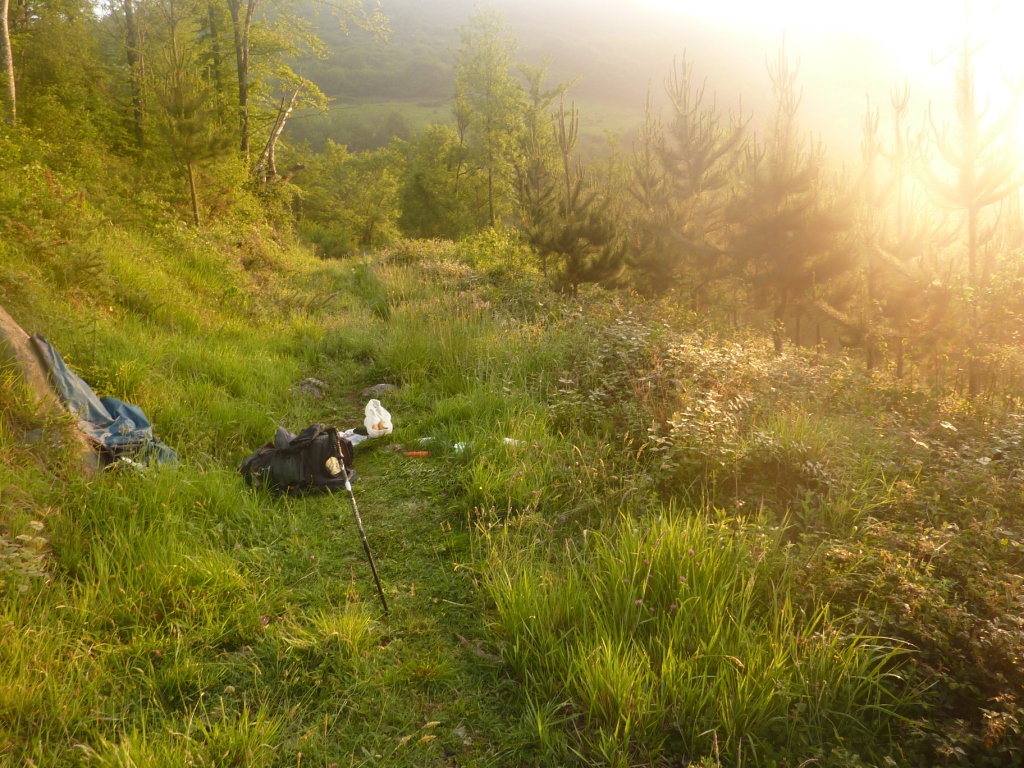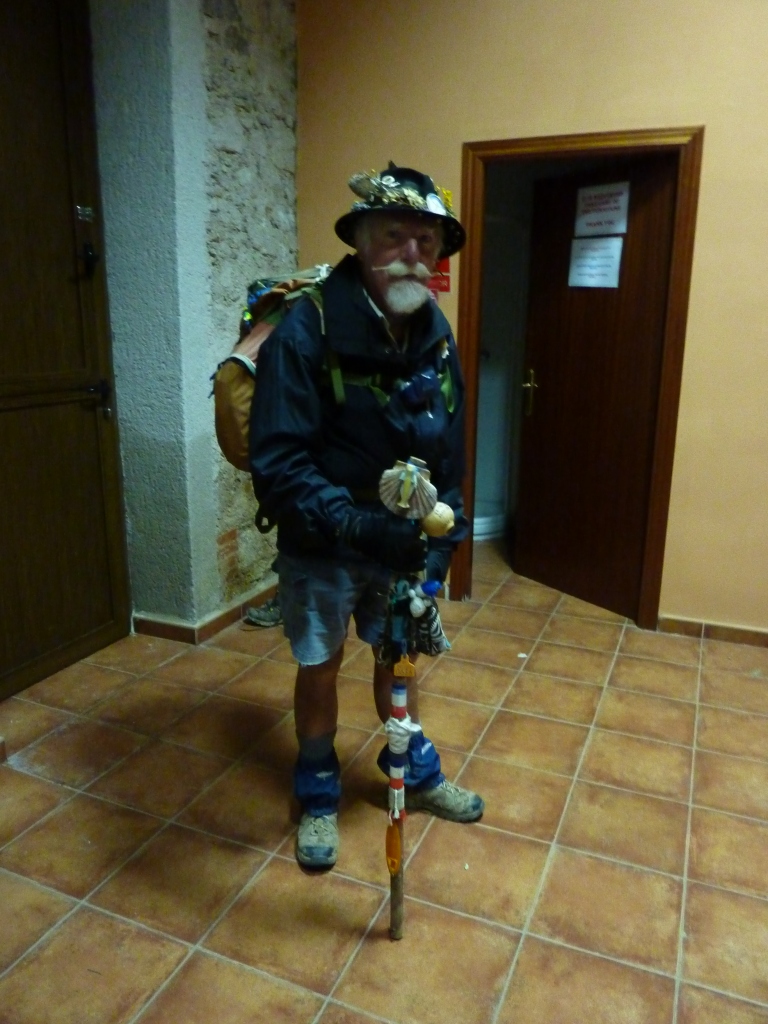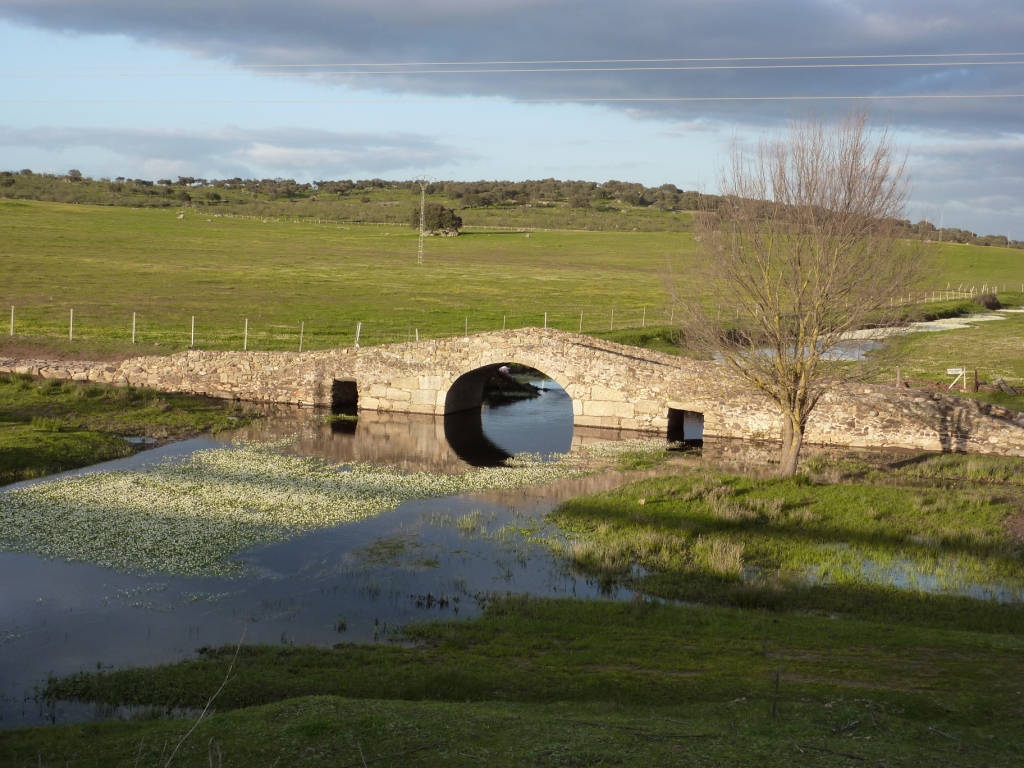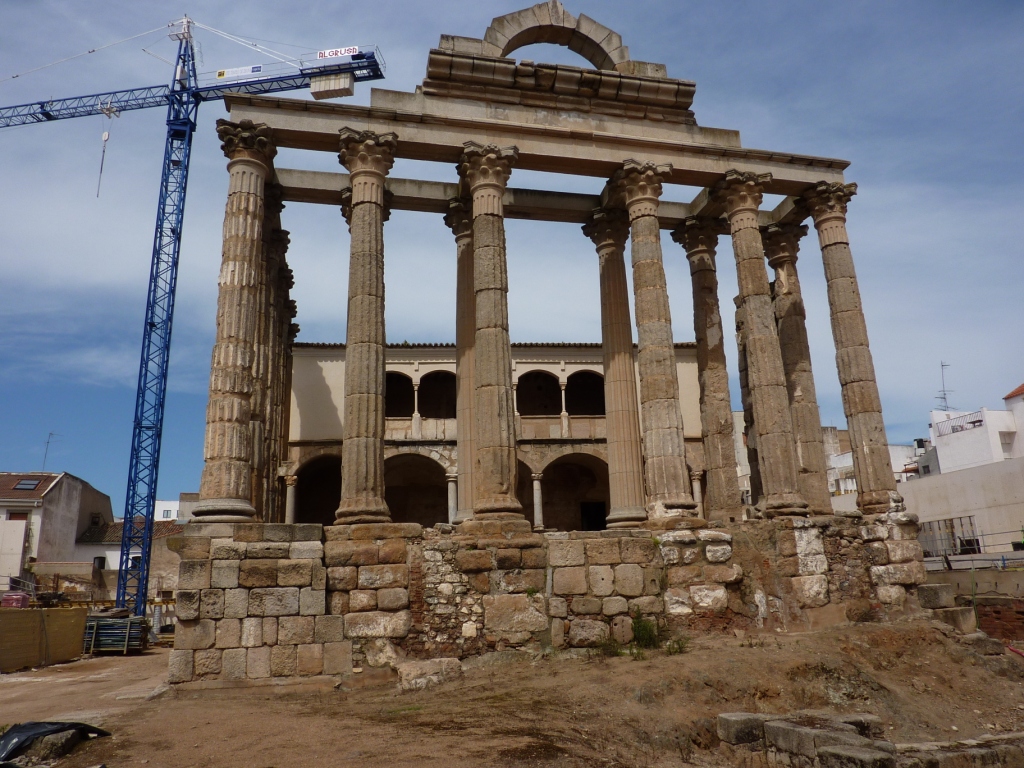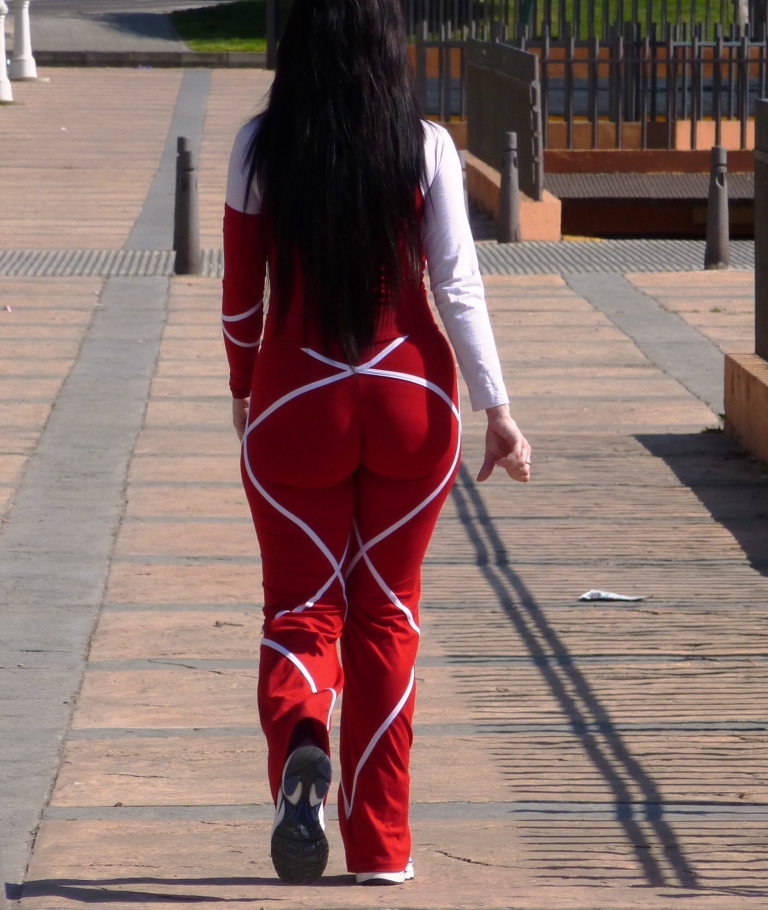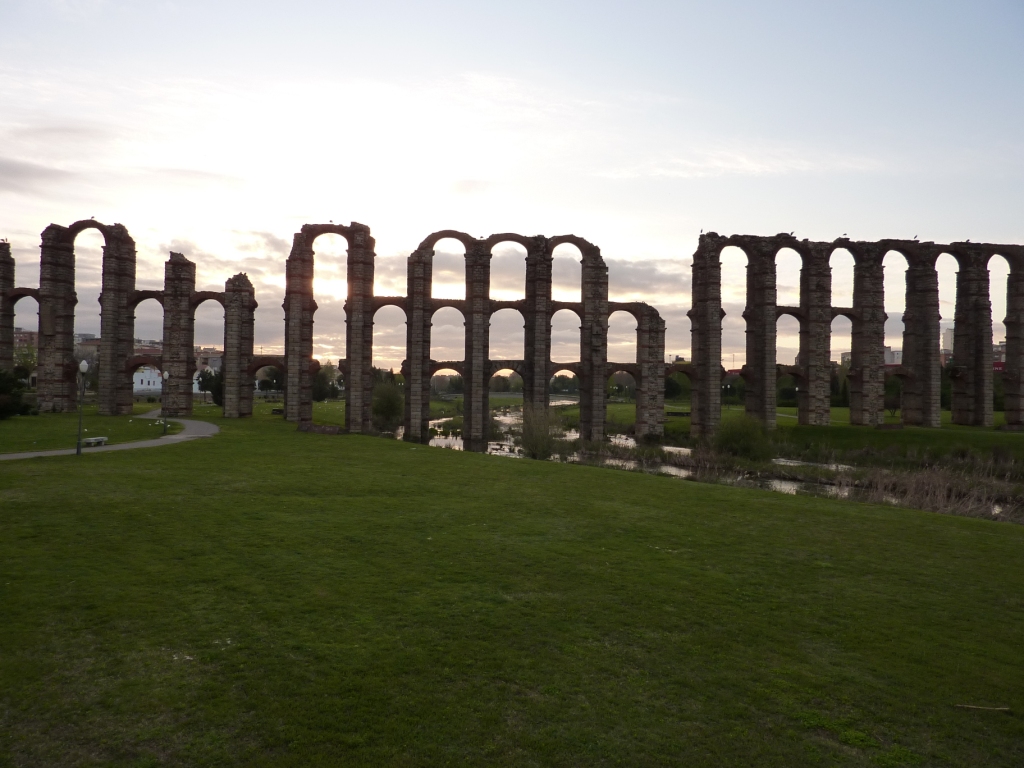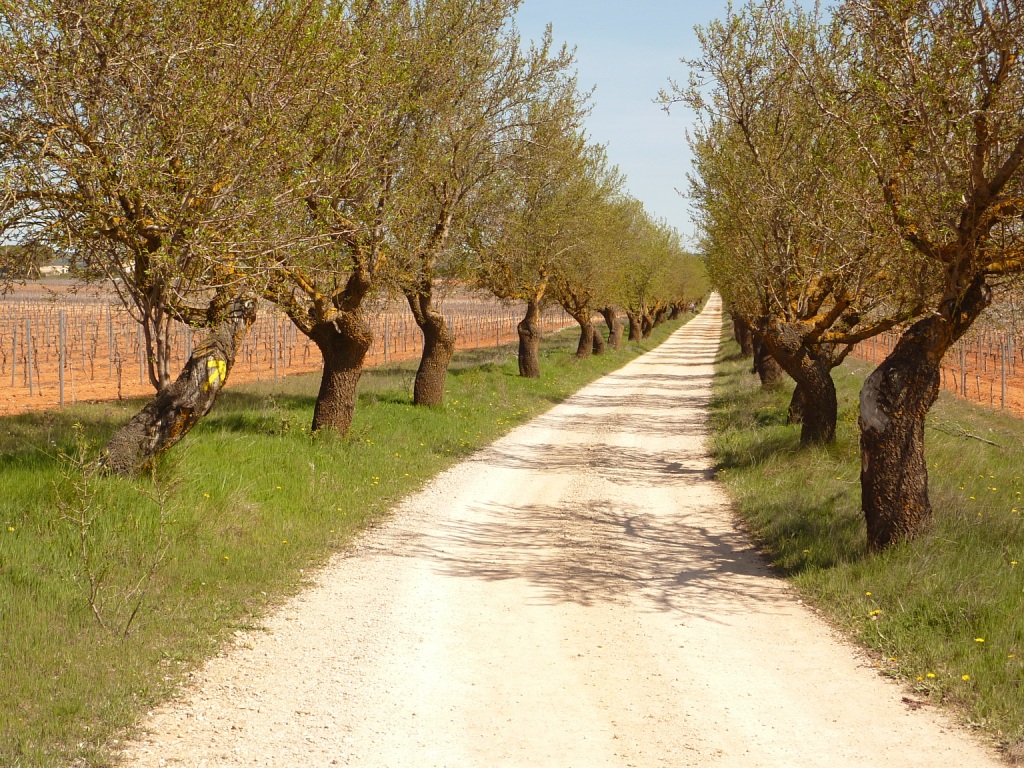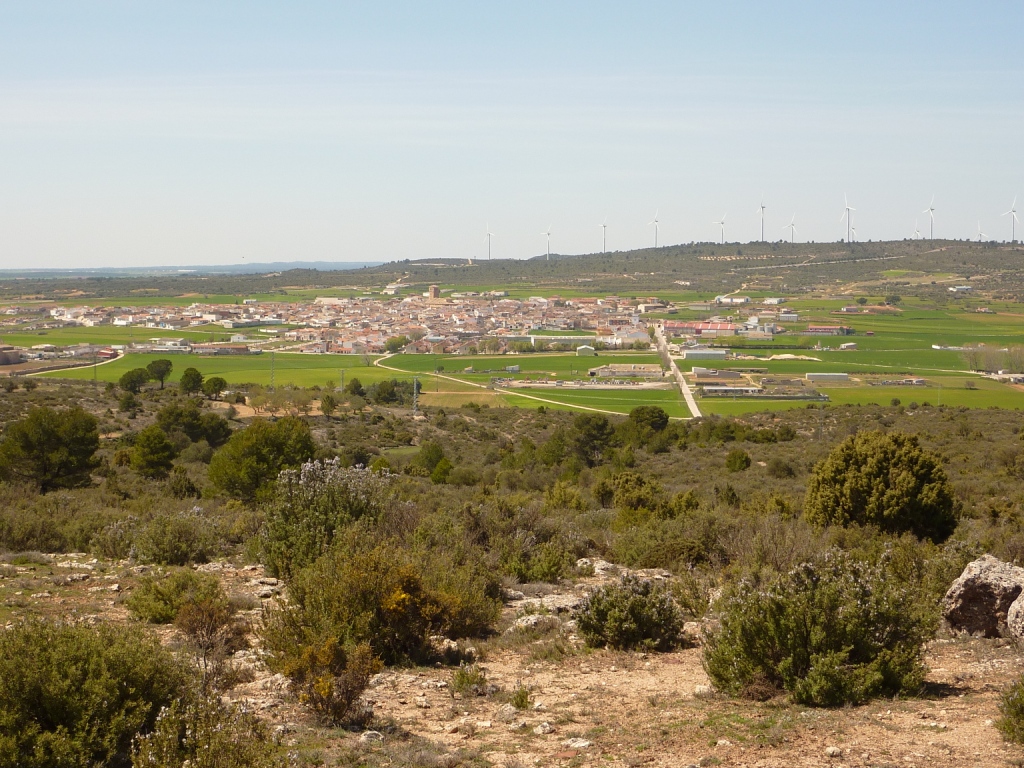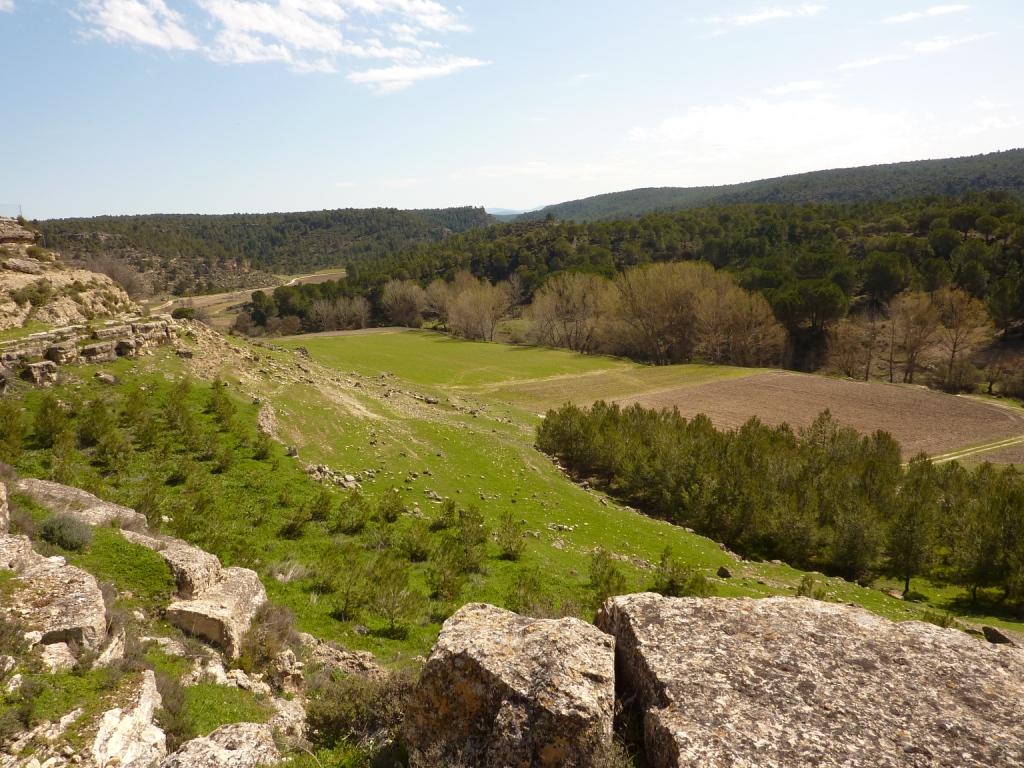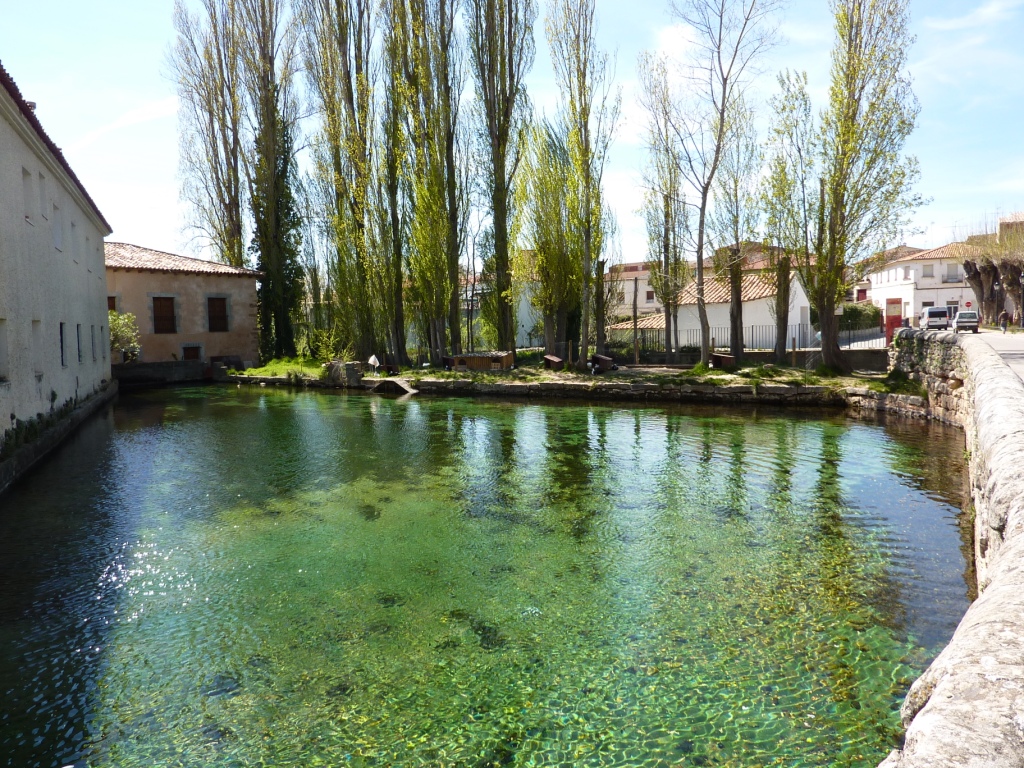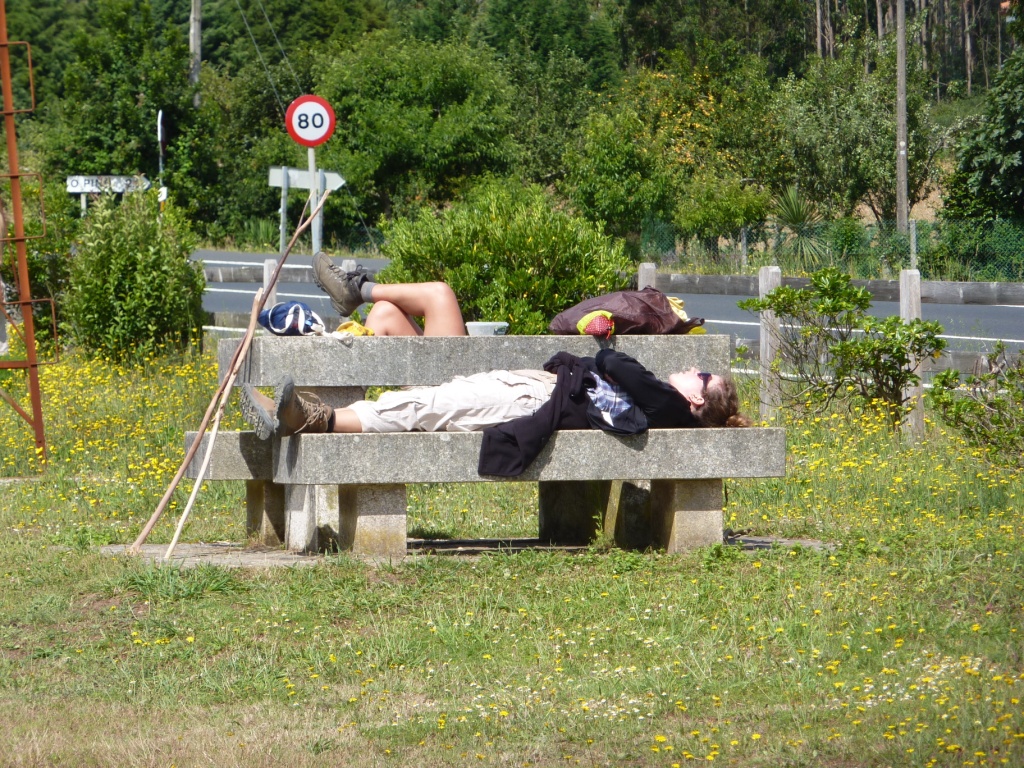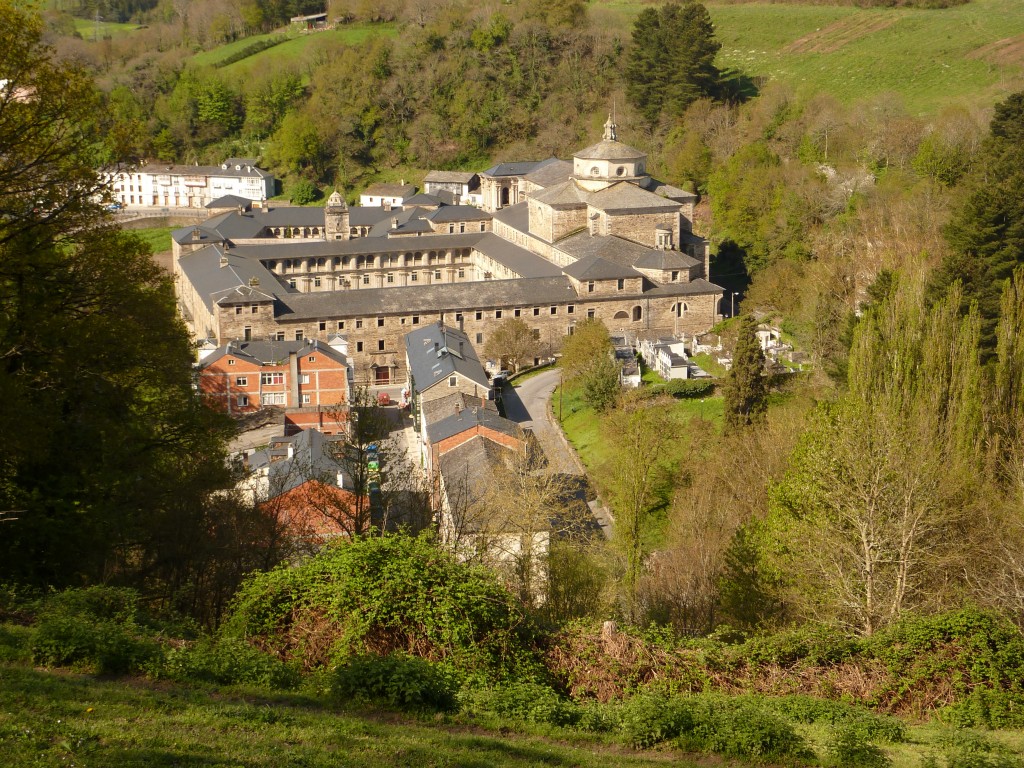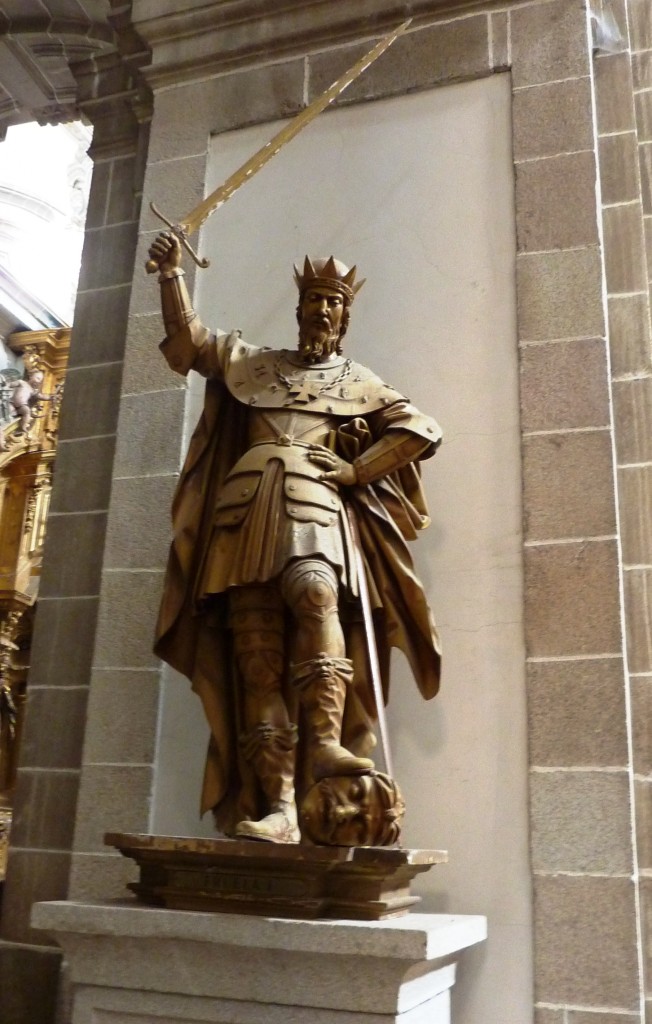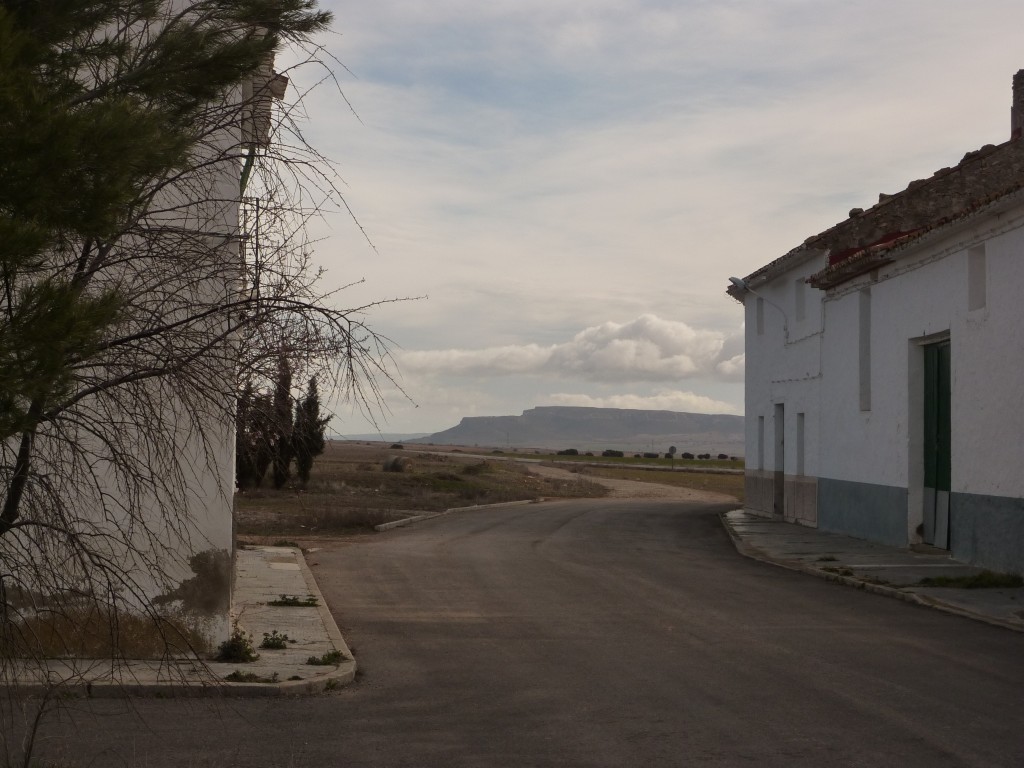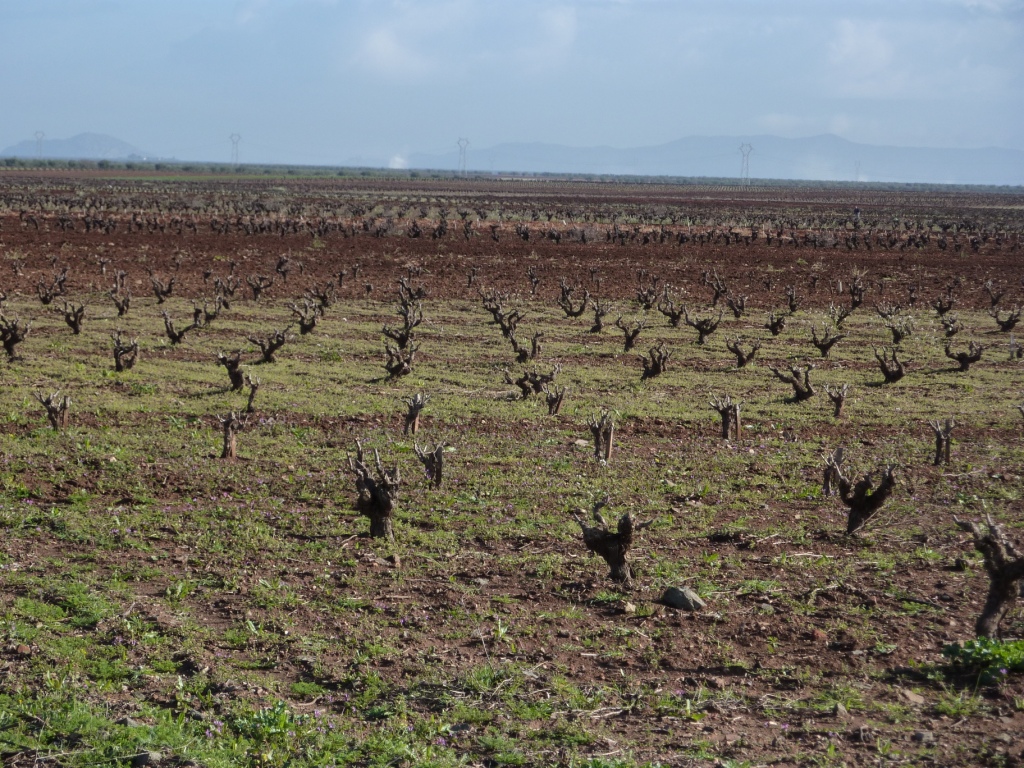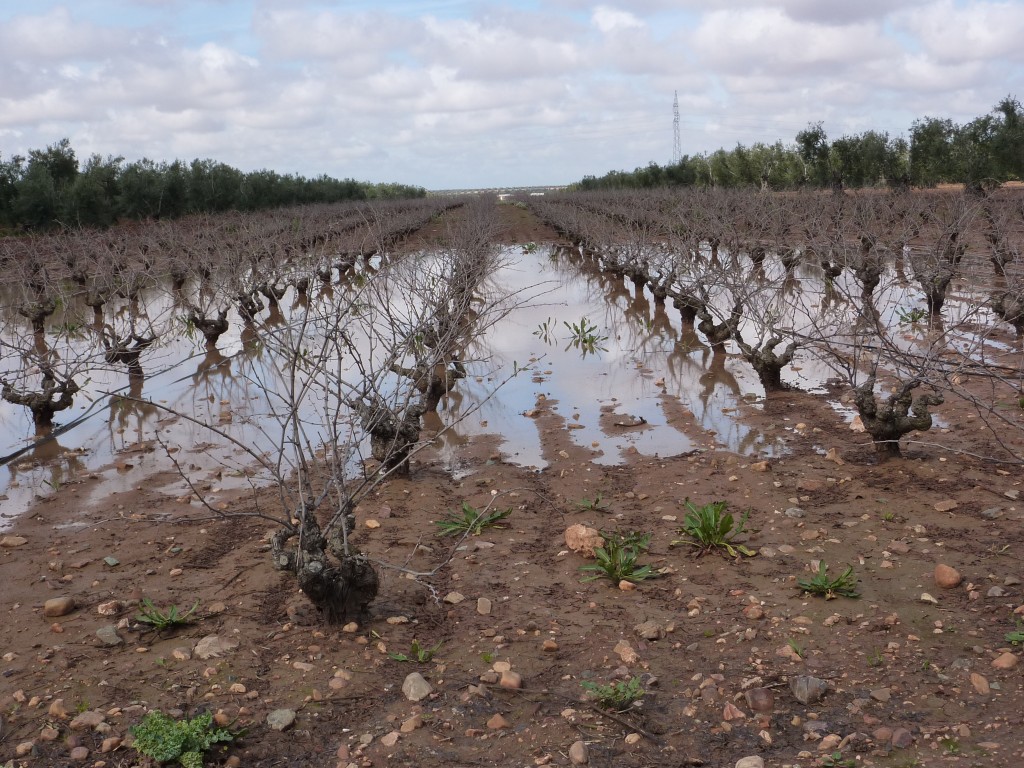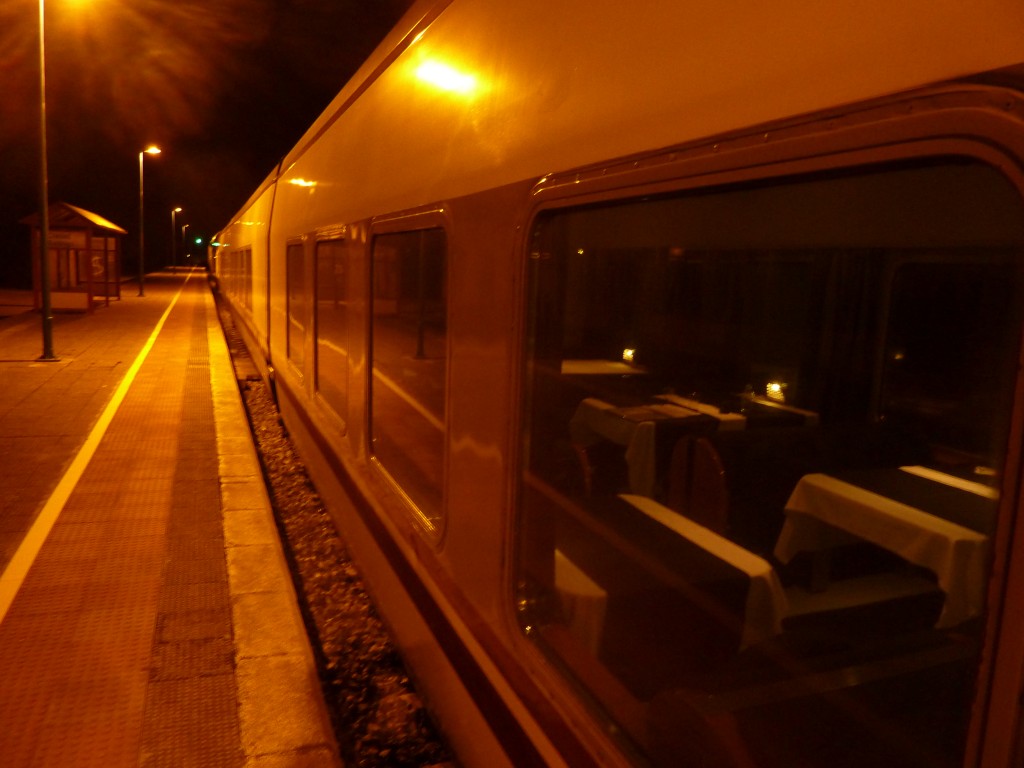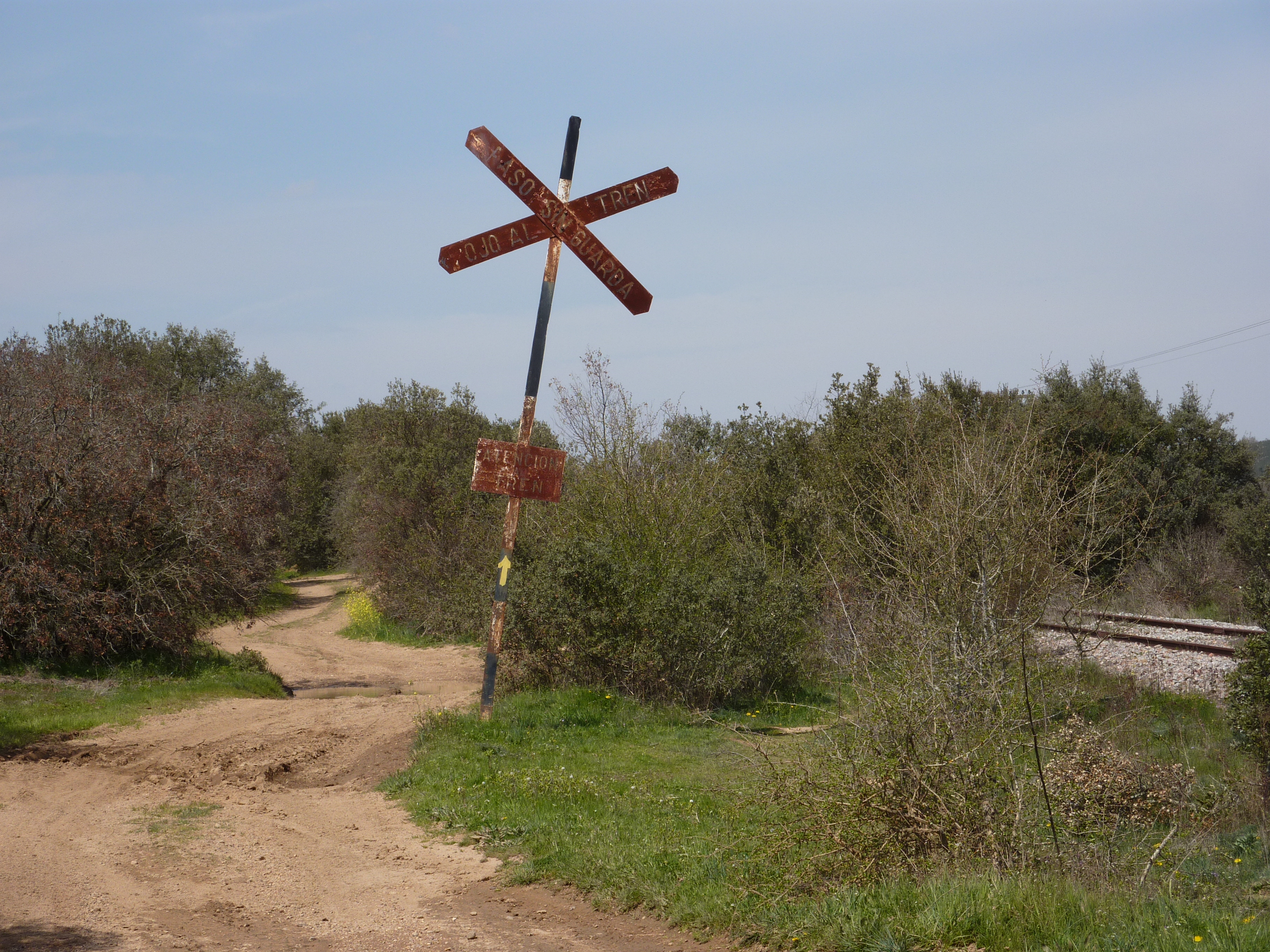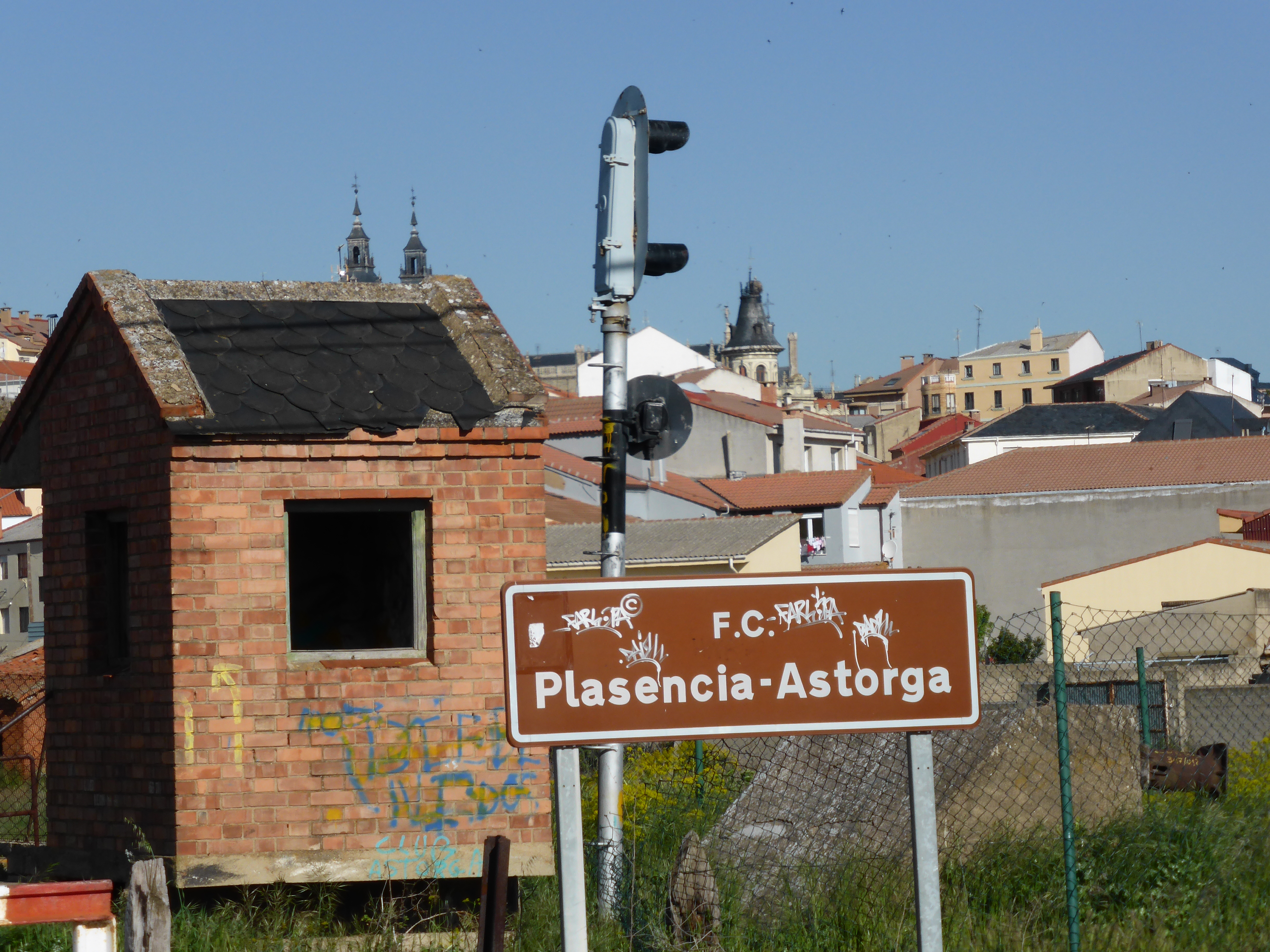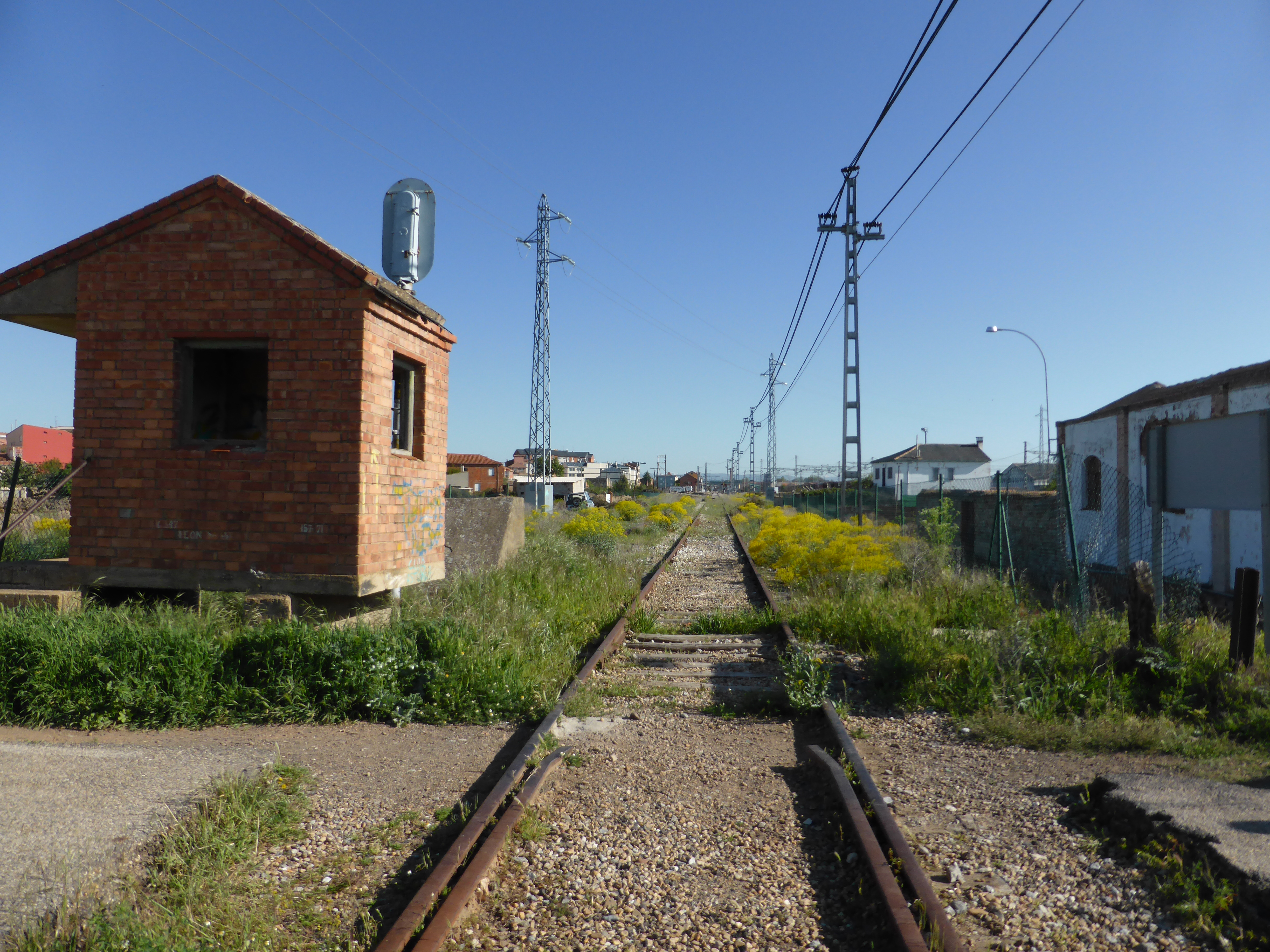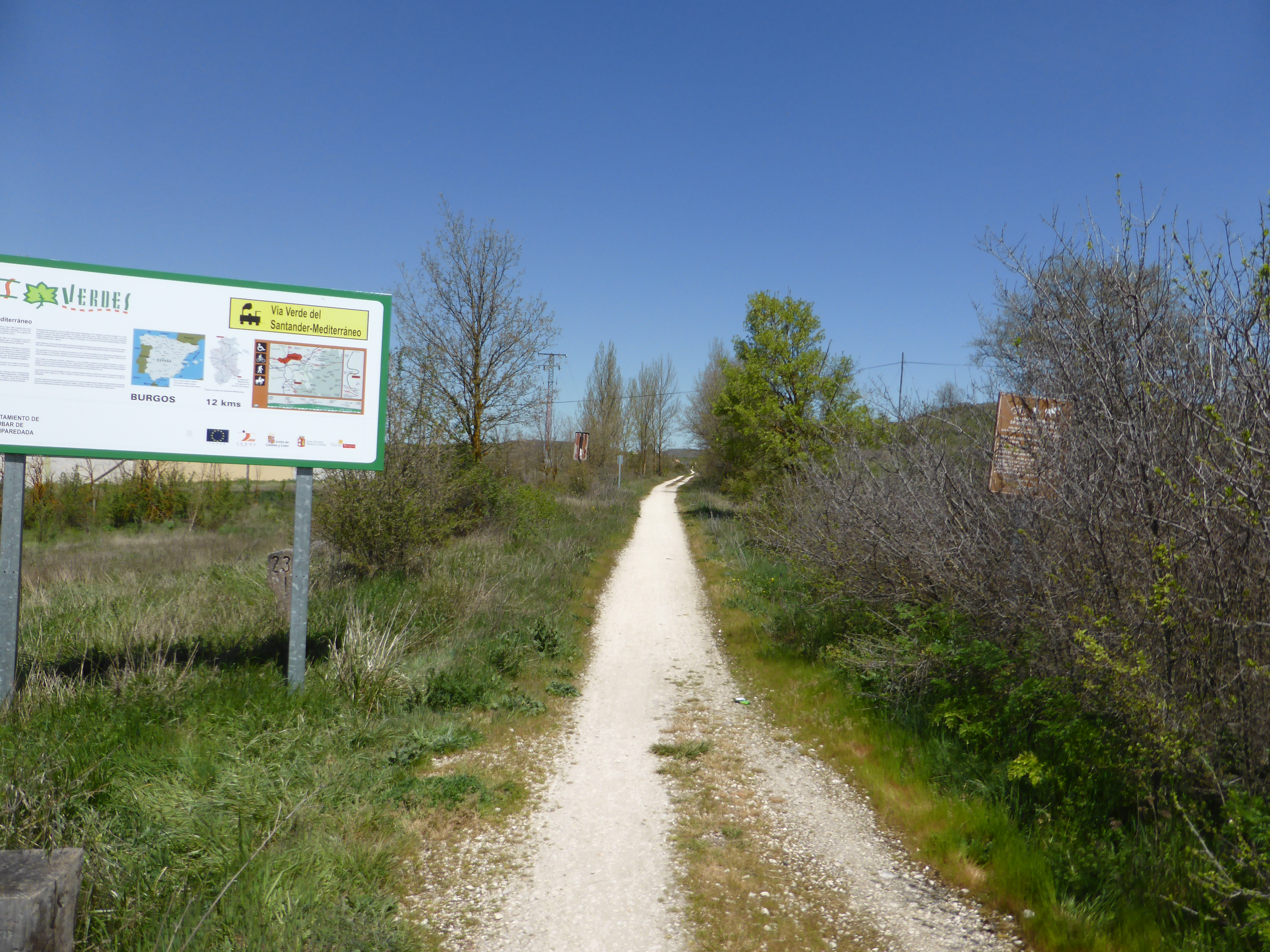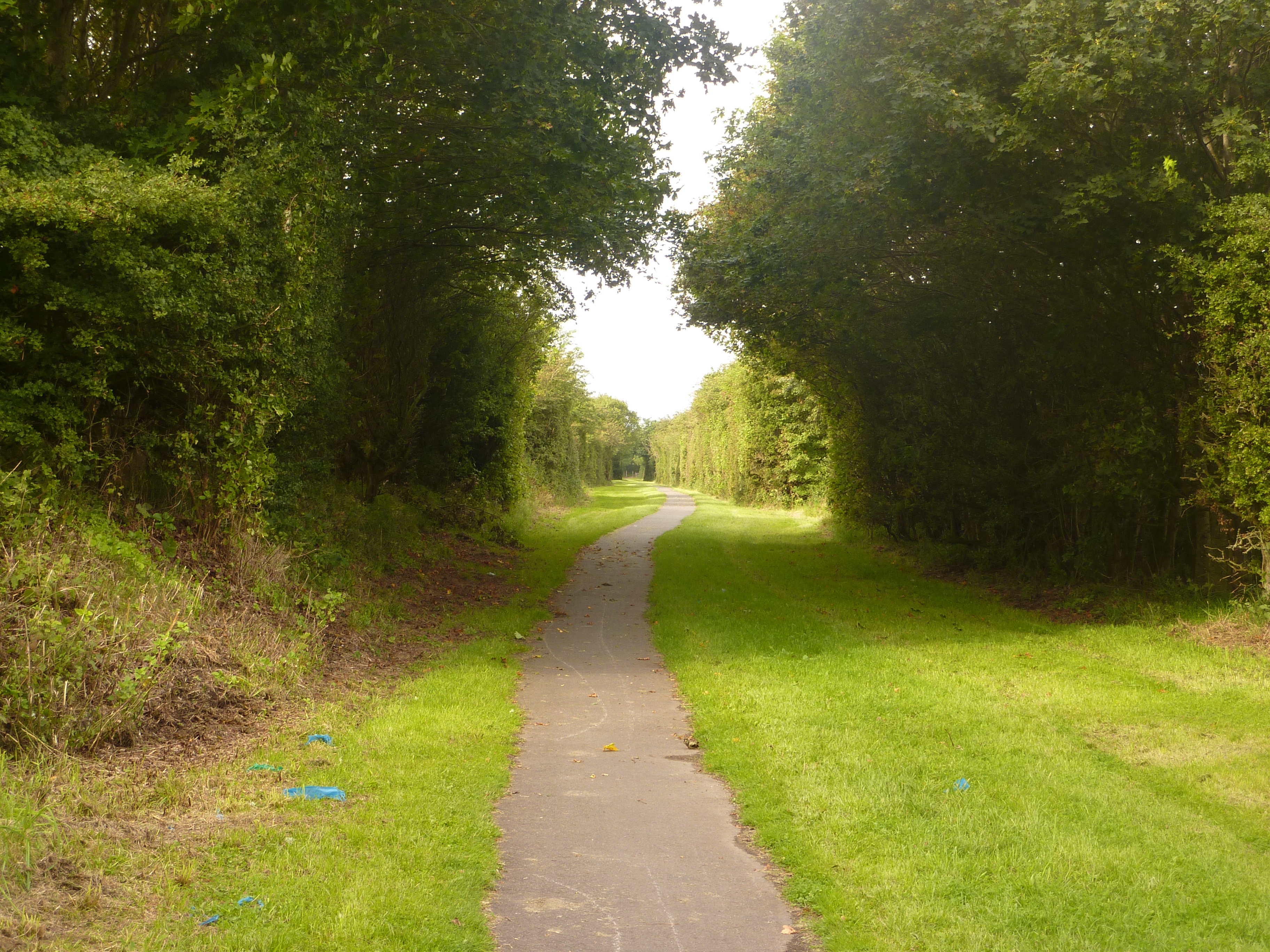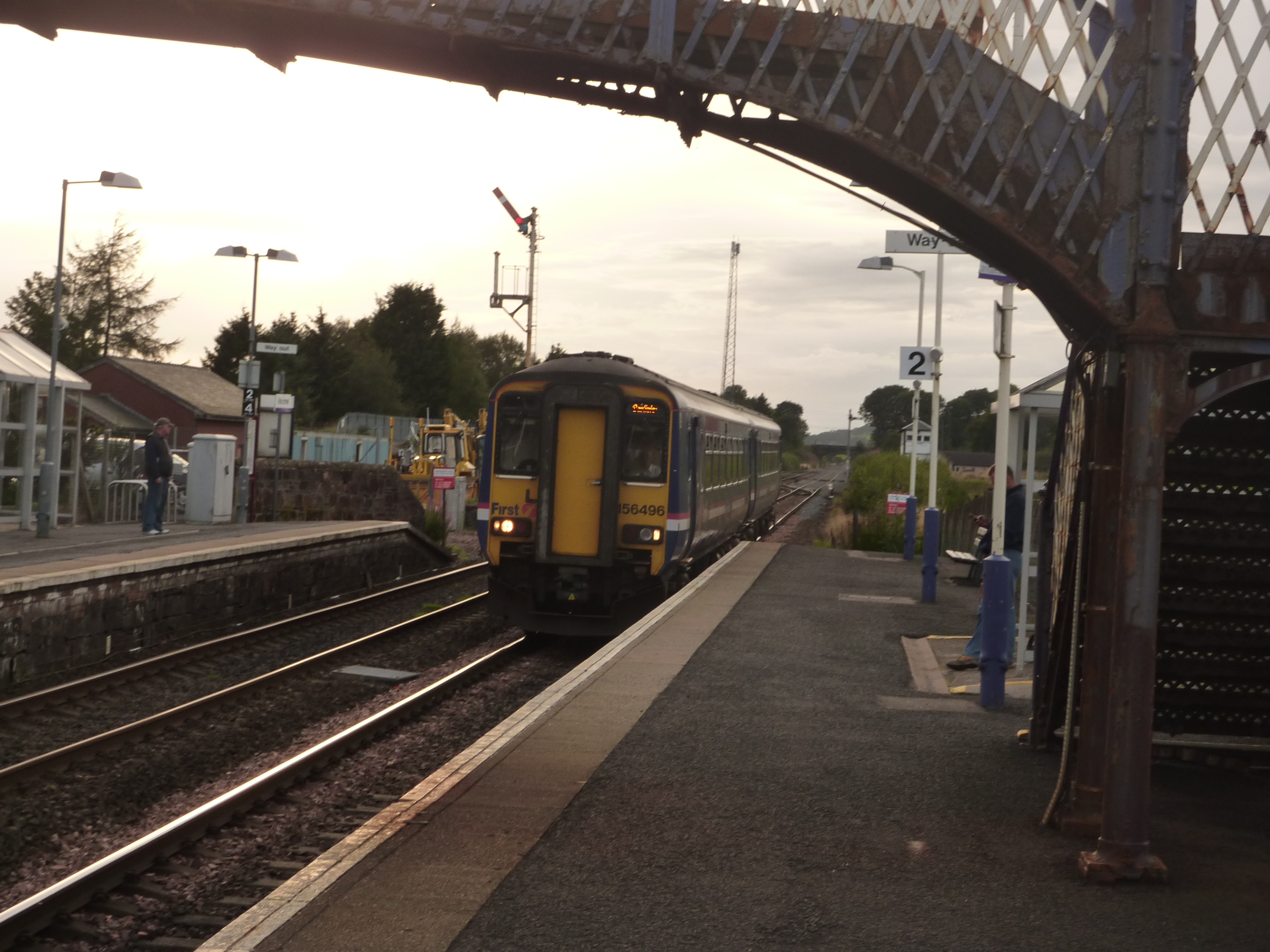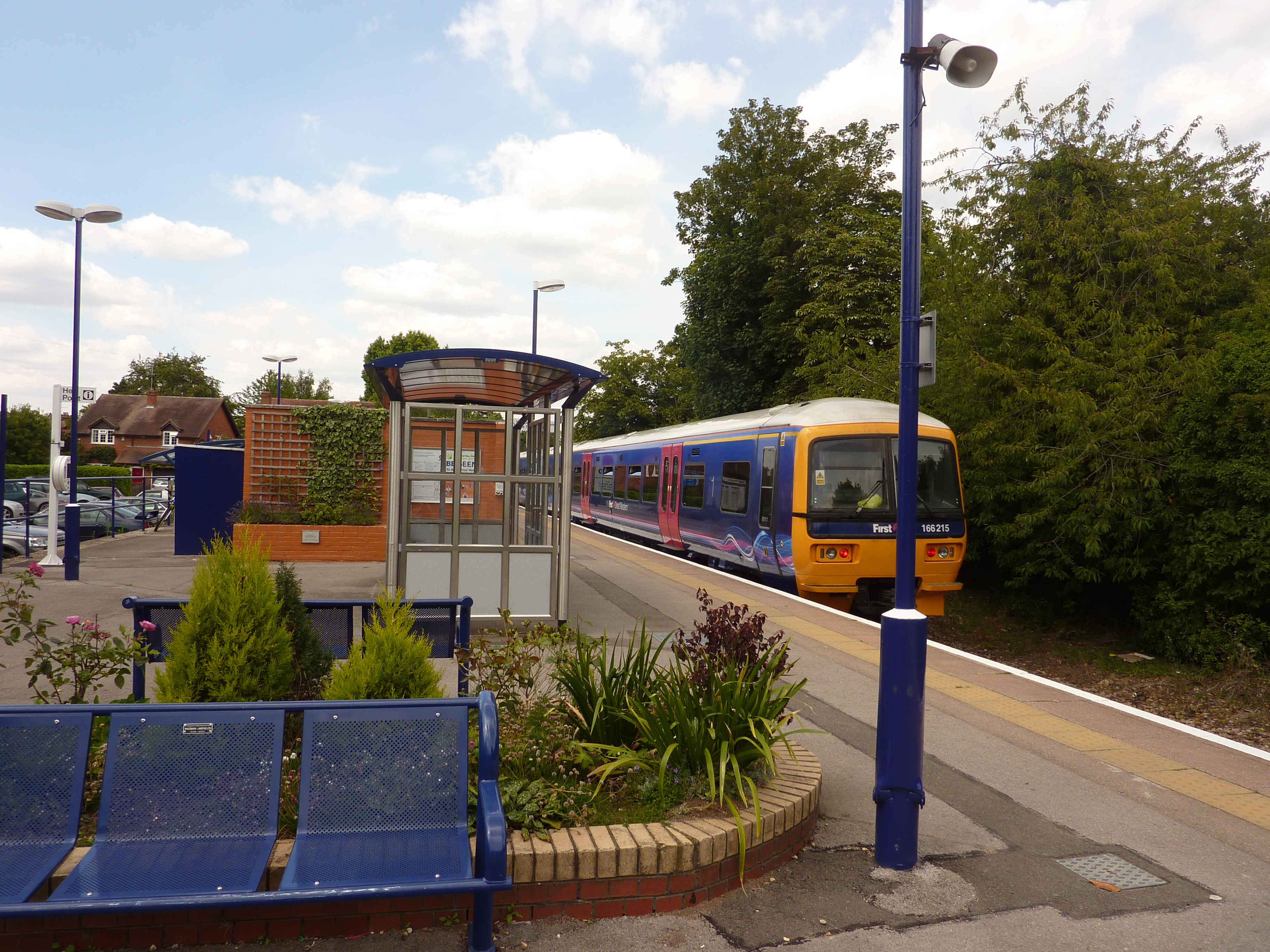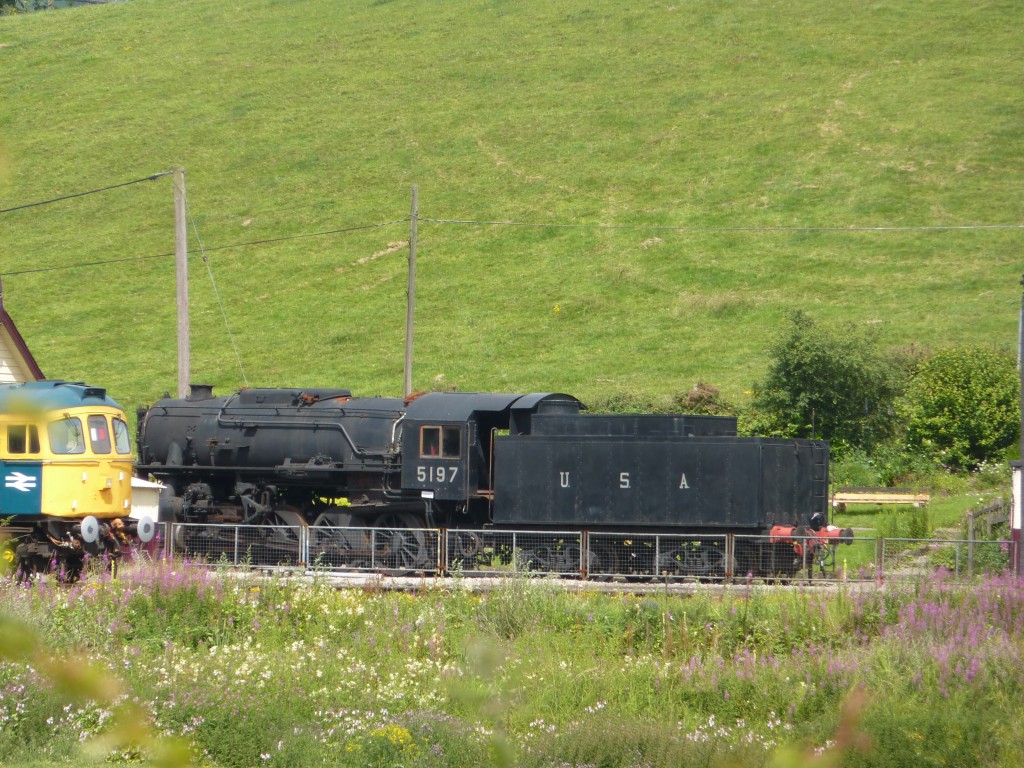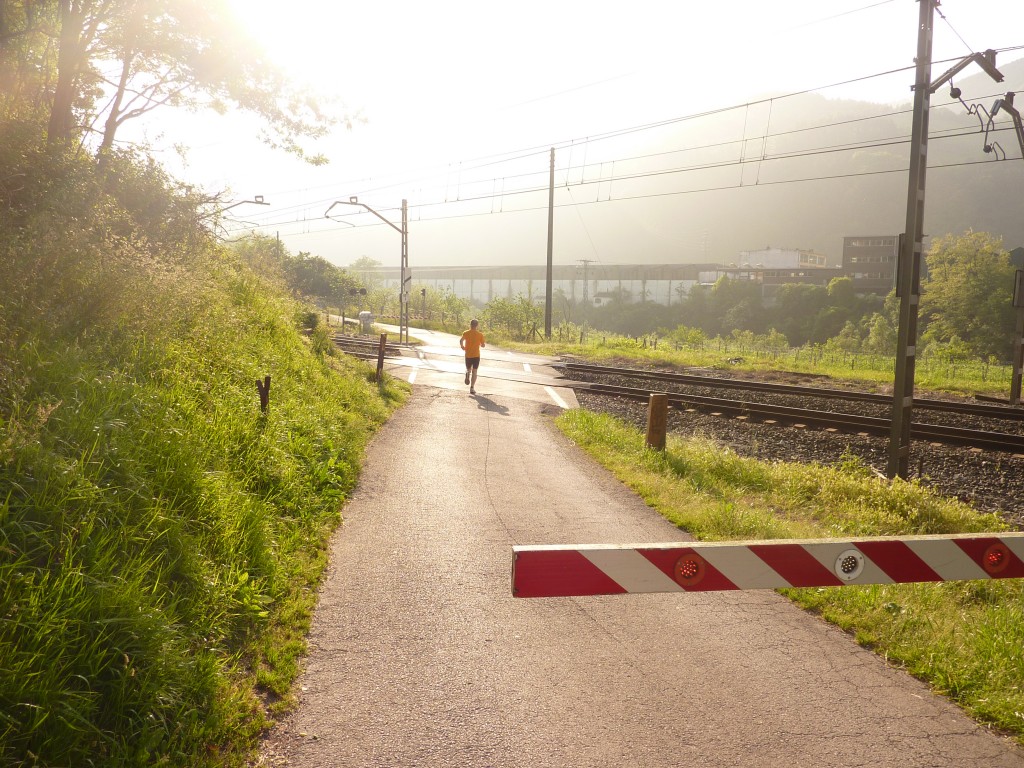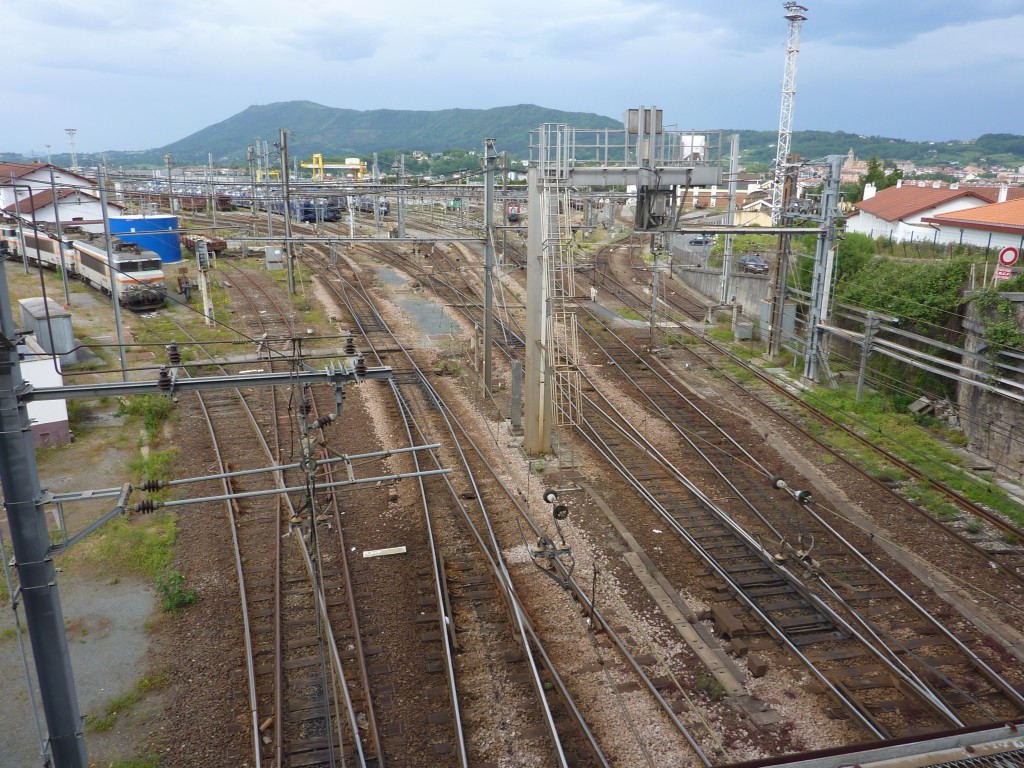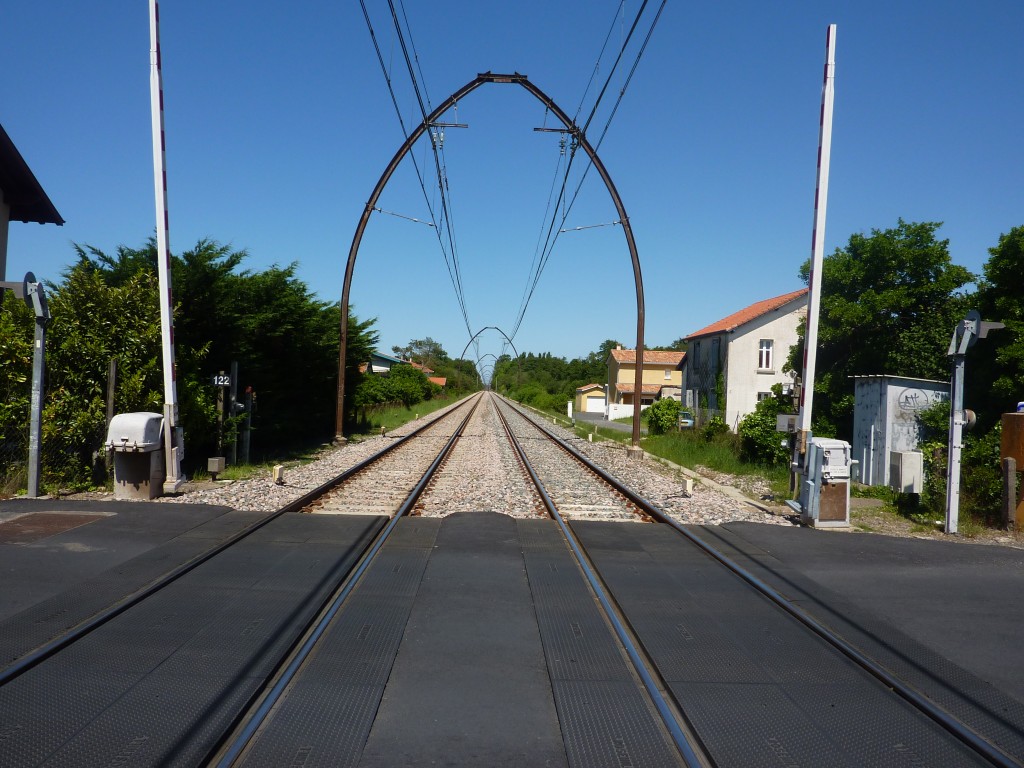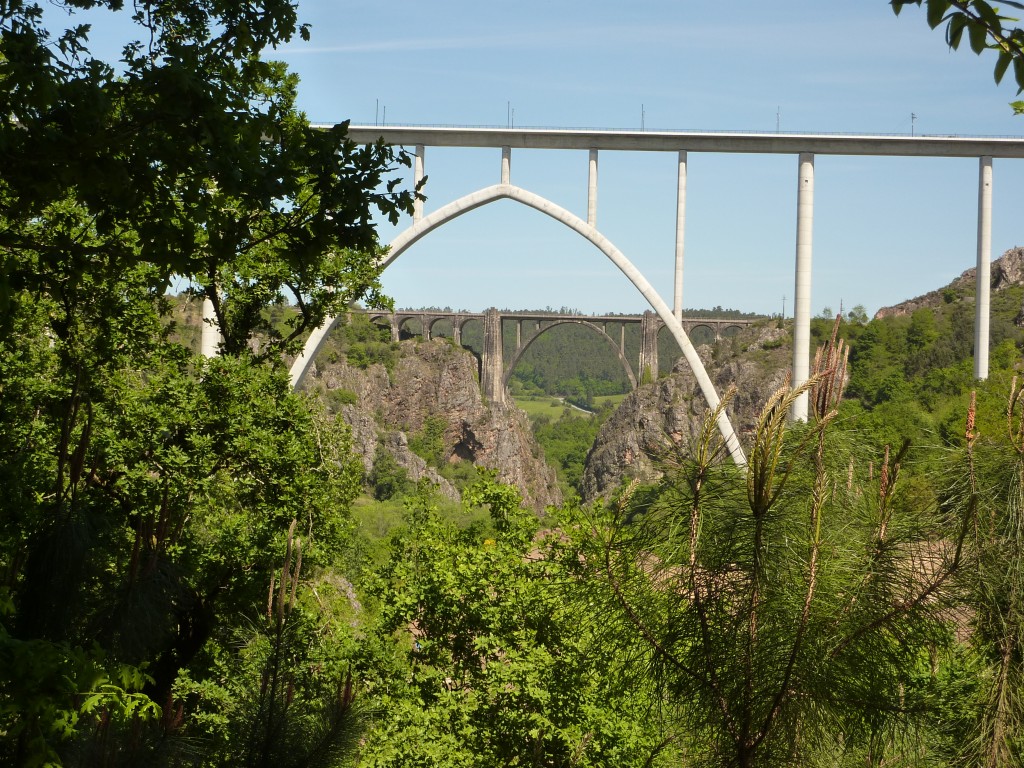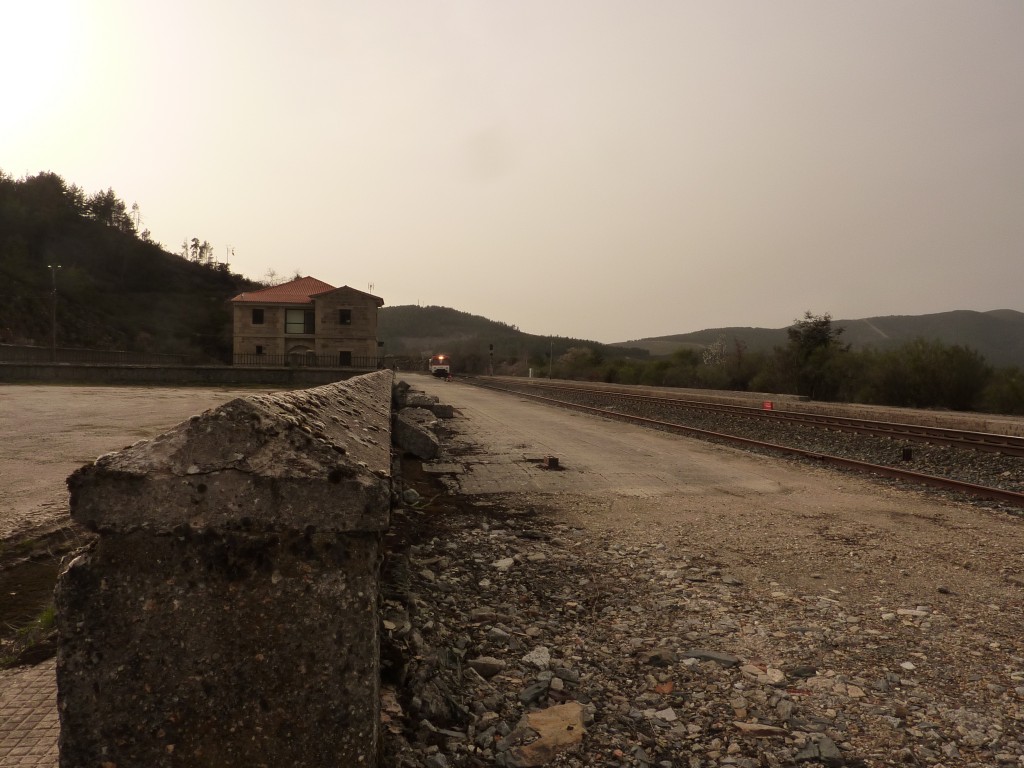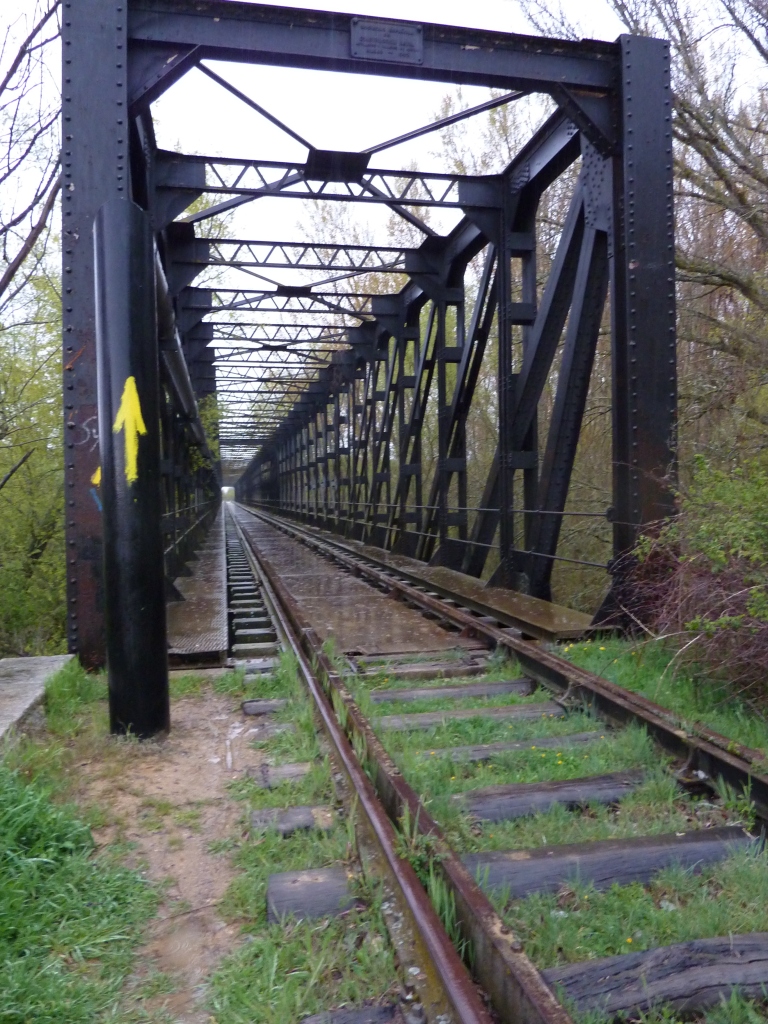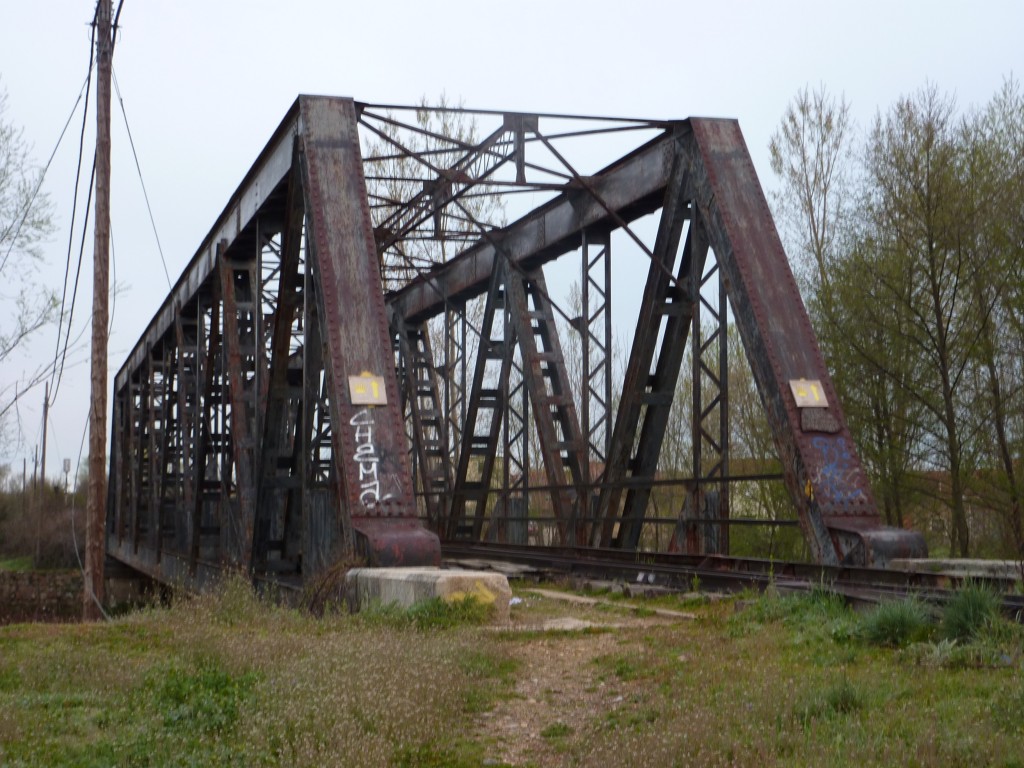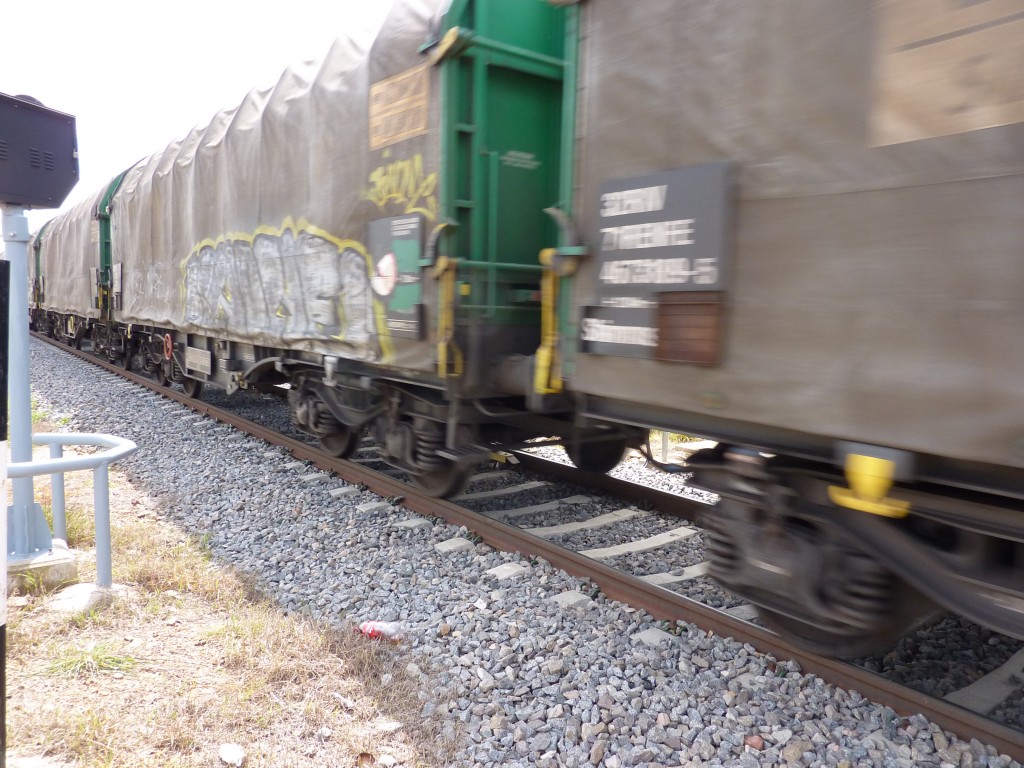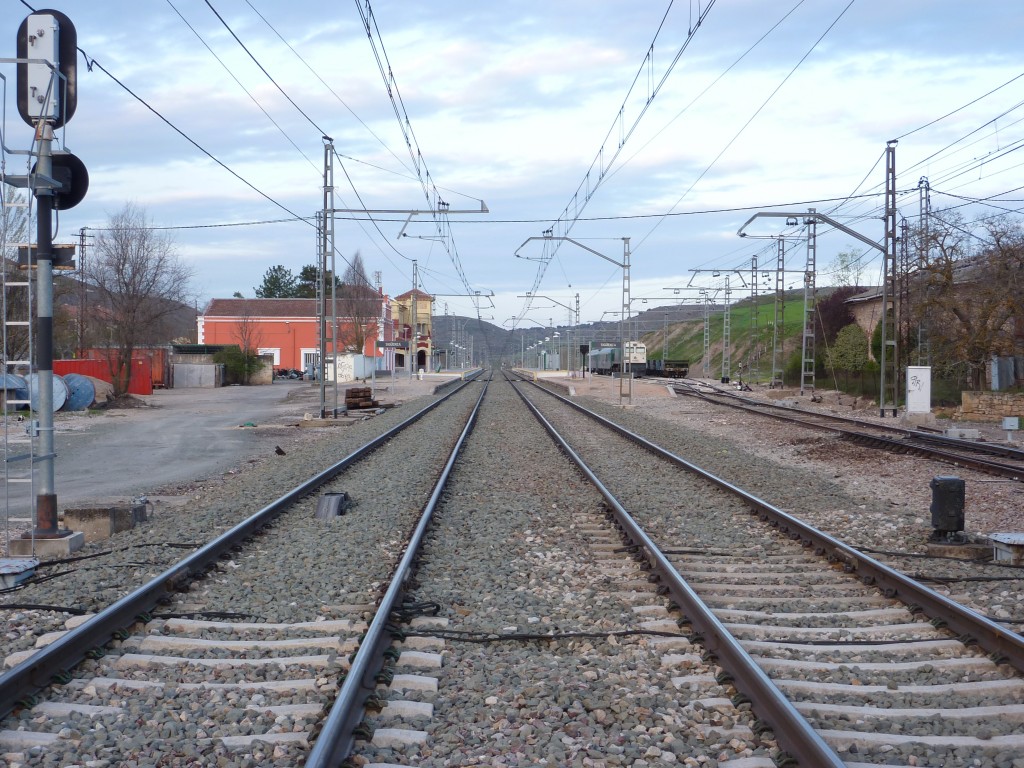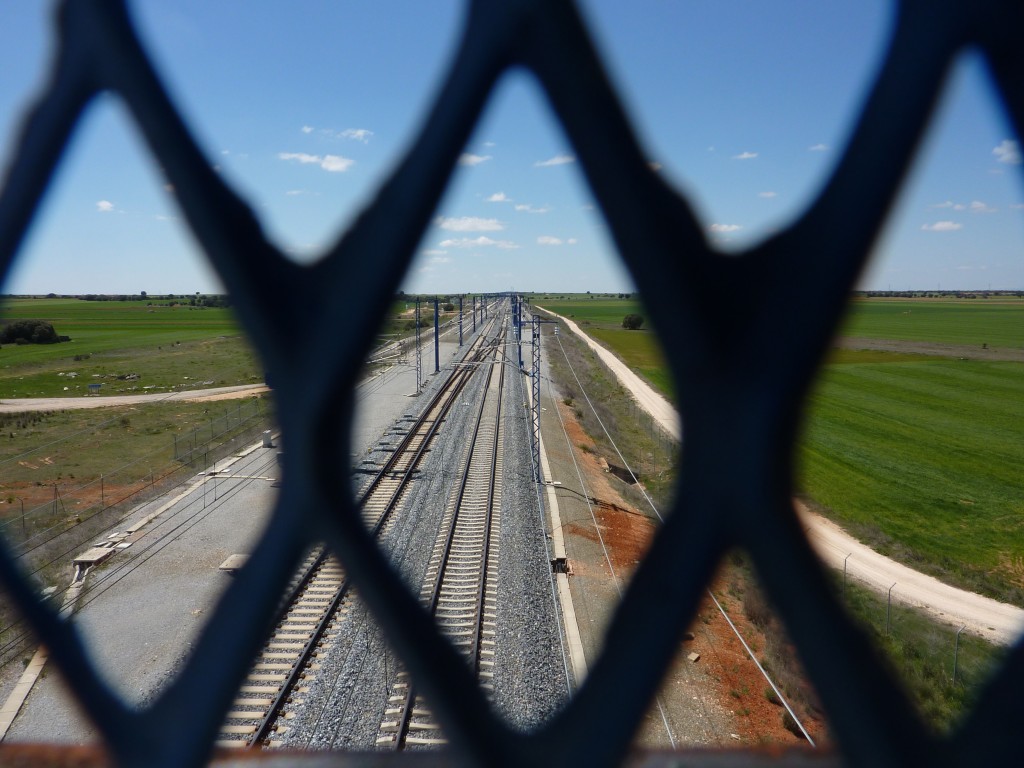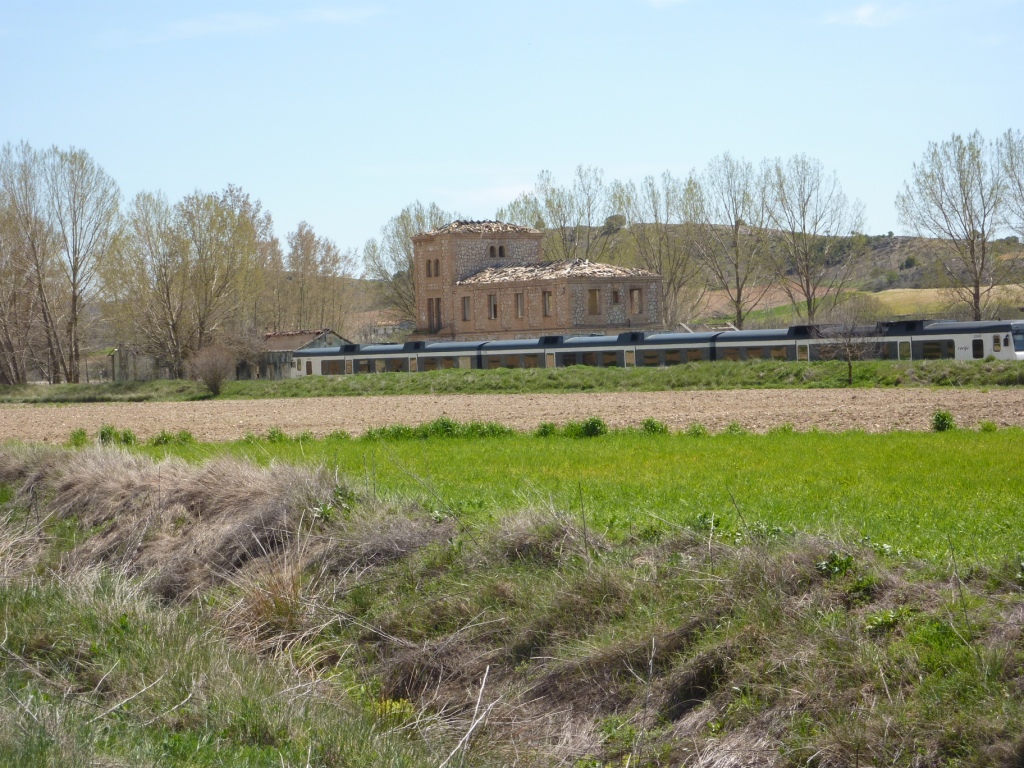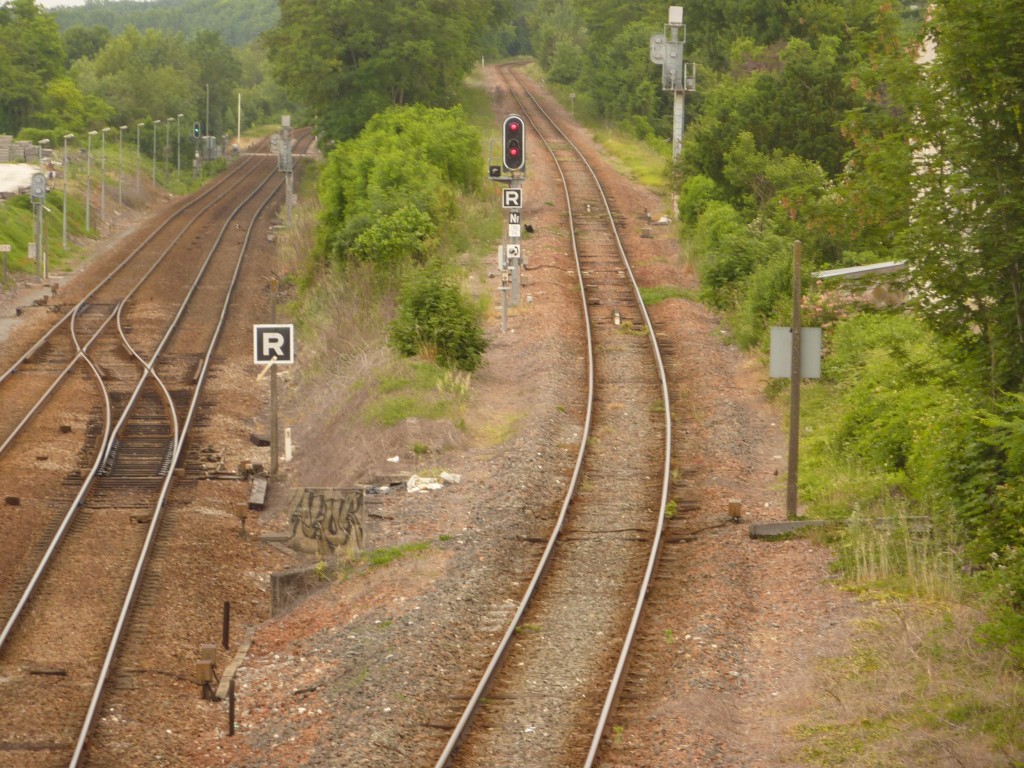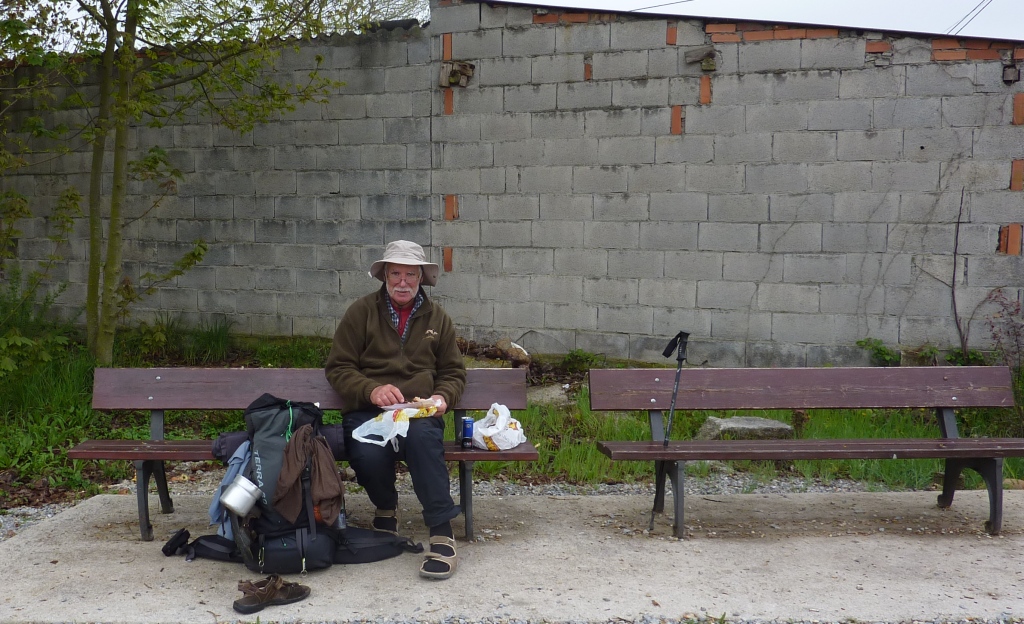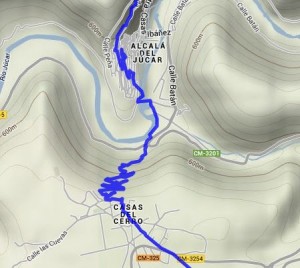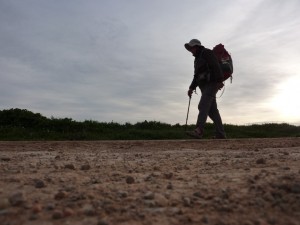Planning on the Camino.
Do you really want to know where you will sleep tonight?
I love maps. The pleasure of relaxing on a bunk bed, weary legs propped high with a blanket or two and a guide book with maps to fill my imagination is a heavenly reward after a day on the camino. It is all the better if all has gone to plan: if I have walked with just the right amount of food; if I’ve calculated just enough cash from the cashpoint which allows me withdrawals without commission; that I have my spare vodafone sim card charged up for the stretch without movistar cover; my timing is right to get to a bed in the albergue before they are all taken and that I’ve seen all the interesting sights on the way and managed to take photos of the best views and ethnic scenes.
Some planning is essential and imagination is one of our most important human tools we use to prepare us, to motivate us, to warn us and to create. For all my caminos preparation for the pilgrimage as a whole, and for each day, has been a satisfying and pleasant experience. The Forums of the Camino are full of posts which relate to planning the camino and bubble with expectation and anticipation.
It was on my last camino, the Ruta de La Lana, that I became aware of how much of a distraction planning was becoming for me. I had begun the camino with a desire to enter into a silence, an emptiness, ripe for contemplative prayer. A contemplative life is possible in a big city, I’m sure it is, but I had longed for day after day in open spaces, forests and sierras where at least the setting is largely distraction free. Nature is also a fine milieu for prayer, a sacred companion and a spiritual director. So I chose the Ruta de La Lana which runs through the least populated parts of this sparsely populated country.

The land in Guadalajarra and Soria has been abandoned. Many villages have few inhabitants, apart from summertime, and some have none.
The Ruta de La Lana.
This route was documented in 1624 as a Way of St.James having been used for the pilgrimage to Santiago by some noblemen and a woman. It follows old drove roads through central Spain to Burgos, where it joins the Camino Francés. Before I set off I did have concerns about the large distances between some towns, the lack of shops and an uncertainty about shelter for the night. There were many unknowns.
[mapsmarker layer=”21″]
I had good intentions at the start to leave it all in God’s hands. That was my desire. I noticed after the first week that praying was more difficult than I had imagined. This was not what I had planned. Moreover, my greatest distraction was my obsession with planning. Partly this was because I was finding the going so physically difficult, not because of the terrain, but because my body was aching. I was engrossed in calculating distances, times, weather, fodder and beds. From Retortillo de Soria to St Esteban de Gormaz is over 40 kms with no lodging or shops. (I stopped a bread van and bought to giant madeleines). My comfortable distance is 20-24 km. It was, thus, very convenient that my son, Callam, was visiting Spain and willing to come and rescue me for one night. I thought that 40 km with next to nothing needed planning. It took me some time to become aware of the effect of all this planning on the contemplative state I had hoped for.
Planning became a noise, an interference. When, eventually, I realised how much it was pushing into my consciousness I decided to ditch it. Each day I would set off with a special dedication of the day to God, leaving all in his hands. The first day was wonderful and I just let go. At once prayer became easier, I slipped away from words to being, present and, for a moment, experienced that complete symphony when mind, body and spirit meld. I found a hostal early, went to bed and slept afternoon and night without planning anything.
Well-rested I woke up early, packed, put on my rucksack and emerged into a world transformed by snow.
So I set off in my sandals and my 1 euro gloves from Decathlon. In God’s hands my fingers were frozen. The camino followed a road out of Retortillo de Soria, heading up over a pass, so I was alarmed at the prospect of not descending from the snow level for another 10km. The skies darkened and I thought I would have to stop the first car that passed and ask for succour. In the end I didn’t see a car for the next 25 km. But a little bird flew around me and stopped on the verge of the road a few metres ahead of me. When I got alongside of it it took off, flew another five metres and waited for me on the verge. I liked that, it seemed friendly and curious. After a kilometre of the same behaviour I was feeling less sorry for myself as the chilly wind sought out my hands which I tried to protect in my oxters. This little bird, beige and bigger then a sparrow but smaller than a blackbird, seemed to reassure me that, uncomfortable as I was, all was well. I thanked God for its company on this cold, white and lonely road. Two kilometres later, the clouds broke and a bit of sunlight picked out an acre of mountainside. As if to say, “You’ll be all right now,” the little bird soared in the air and I said, “Adios.”
Trusting in God
The Ruta de La Lana did not deliver the contemplative camino I had anticipated. Yet there is a before and after to this decision to let go of planning. I began to taste the joy of being surprised a lot. I didn’t notice any material difference between the unplanned day and the planned day. Each night I found somewhere to sleep, enough to eat and had all I needed. But I was different inside, welcoming the little gifts, like the bird, when they came along. There were many of these, like in Quintanarraya, a village which seemed deserted when I arrived although it promised an albergue. By chance I saw a woman through the window of a house and waved to her, indicating, with skills I have acquired in Charades, that I wanted a place to sleep. She completely ignored me, so I went to the door and banged it loudly. Eventually it opened and I was invited in. The old woman I had spotted in the window was blind. She explained that, indeed, the village was all but empty, being Wednesday when the bar, which kept the key to the hostel, was shut. She picked up the phone and dialled one number after another, all from memory, until she located someone who could open up the albergue for me. This woman who was in her 90’s touched me deeply with her generosity, care and trust.
I began to appreciate how things worked out, how events, chance meetings and near disasters seemed to come as gifts.
On the day of the snow, when I had left things in God’s hands and the wee bird flew alongside me, was when one of my sons, Callam had arranged to meet me. Obviously after walking in the abominable conditions of the morning and the challenging path through the Canyon of Caracena I had forgotten about my trust in God. That day I made a voice-recording which now makes me squirm in shame. It makes this post seem, to me, a falsehood. I clearly did have plans and my insecurity, my uncertainty about how things might turn out threw me, so I blamed my discomfort on Callam. “Callam`s irresponsibility”, I say. “An intrusion,” referring to my desire for contemplative bliss. Like Peter, at dawn, when the cock crowed, my promise of trust in God’s hands had gone out of my head and heart. Here is the part of me blinded by a desire to be in control and a fear of spending the night in a field.
You can listen to this recording here:
Callam, of course, turned up at Fresno de Caracena at the same time I did very shortly after I made this recording. He had found his way, with no trouble, from Madrid to this little village on a road leading to nowhere.. He had even found a shop which stocked the new camera I wanted. The one I was carrying had begun to be very erratic with its focus. He had gone to the other side of Madrid to buy it for me the night before… Moreover he has always been reliable.
Children of all ages, if your parents say you are irresponsible what they might well mean is, “I’m sorry, I should know better by now, but I’m still blaming someone else if they don’t do just as I want.”
I still have to let go of all these self-protective traits. The camino offers many opportunities to practise trust. Some pilgrims walk the camino without money. I have moved towards walking with less preparation, less food in my rucksack and much more trust in Providence. I don’t want to set off in the morning knowing where I will lay my head at night. It is, I hope just a start.
Matthew 6:
“25 “Therefore I say to you, do not worry about your life, what you will eat or what you will drink; nor about your body, what you will put on. Is not life more than food and the body more than clothing? 26Look at the birds of the air, for they neither sow nor reap nor gather into barns; yet your heavenly Father feeds them. Are you not of more value than they?
27Which of you by worrying can add one cubit to his stature?
28“So why do you worry about clothing? Consider the lilies of the field, how they grow: they neither toil nor spin; 29and yet I say to you that even Solomon in all his glory was not arrayed like one of these. 30Now if God so clothes the grass of the field, which today is, and tomorrow is thrown into the oven, will He not much more clothe you, O you of little faith?
31“Therefore do not worry, saying, “What shall we eat?’ or “What shall we drink?’ or “What shall we wear?’ “




